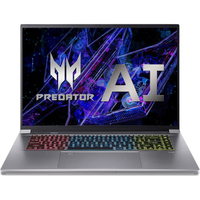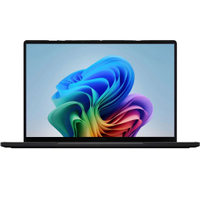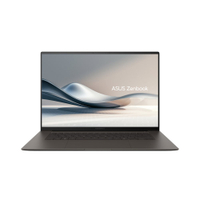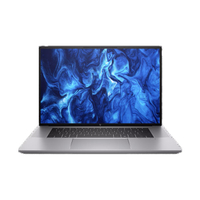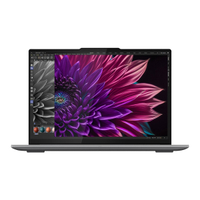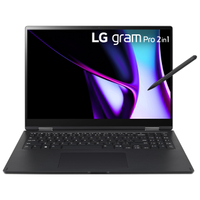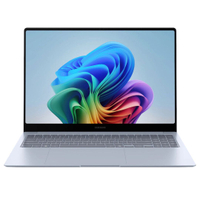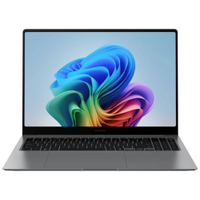Best laptops for writers 2025: 6 top tested and reviewed
The best laptops for writers must deliver a comfortable all-day user experience.
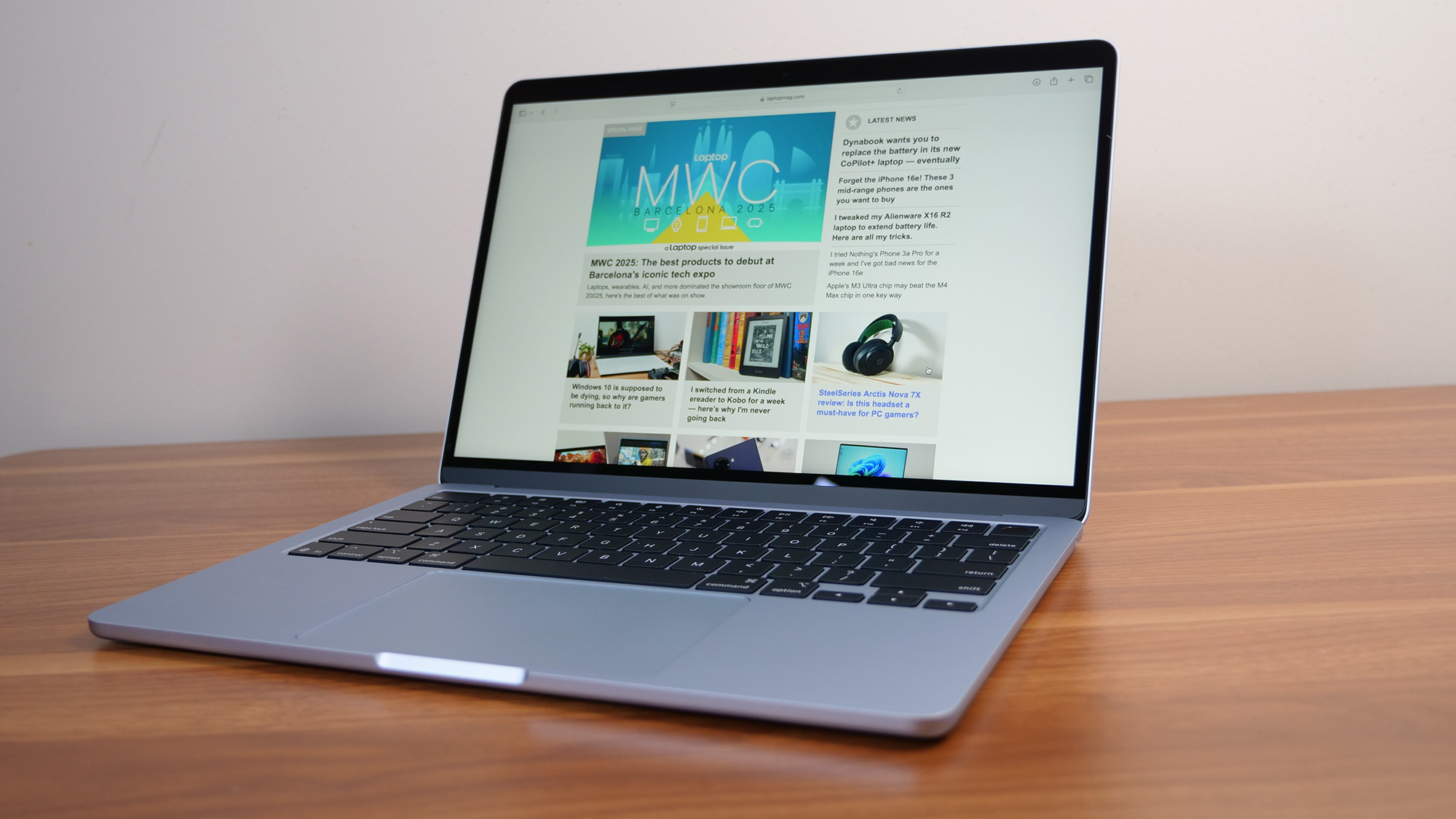
1. The list in brief
2. Best overall
3. Best budget
4. Best keyboard
5. Best 2-in-1
6. Best high-end
7. Best gaming
8. Benchmark comparisons
9. Recently reviewed
10. How to find the right laptop
11. FAQs
12. How we test
13. Why trust Laptop Mag
Every so often, one of my creative writing colleagues will ask me, "What are the best laptops for writers?" Maybe not exactly like that, but it's clear they need a new laptop. Sometimes, when they call me, their laptop is down to its last battery cell, running slower than molasses, or they wonder, "What the heck is a Snapdragon?"
The good news is that modern laptops have improved drastically in the ways that matter most to writers: keyboards are snappier, performance doesn't crumble under dozens of browser tabs, and battery life runs late into the night (or beyond). They're also much more portable.
The bad news is that the laptop landscape is denser than it used to be. So, if you find yourself paralyzed by choice, I totally get it.
My current pick for the best laptop for writers is the best MacBook for most people, the MacBook Air 13 M4 due to its excellent keyboard, outstanding performance, battery life, and build quality. If you save all your files in the cloud, there's the cheaper Acer Chromebook Plus Spin 714, one of our best Chromebooks. Or, if you want a laptop that can double as a tablet for jotting down story ideas, take a look at the versatile HP Spectre x360 14, our best 2-in-1 laptop.
This page is constantly updated based on our latest reviews to reflect Laptop Mag's current picks for the best laptops for writers in 2025.
Quick List

Best overall
The MacBook Air M4 is our pick for best overall laptop, so no surprise it's also the best for writers. The 13-inch version starts at $999 and the 15-inch at $1,199, but both offer an incredible balance of performance, portability, and over 15 hours of battery life — the triple-threat of laptops.
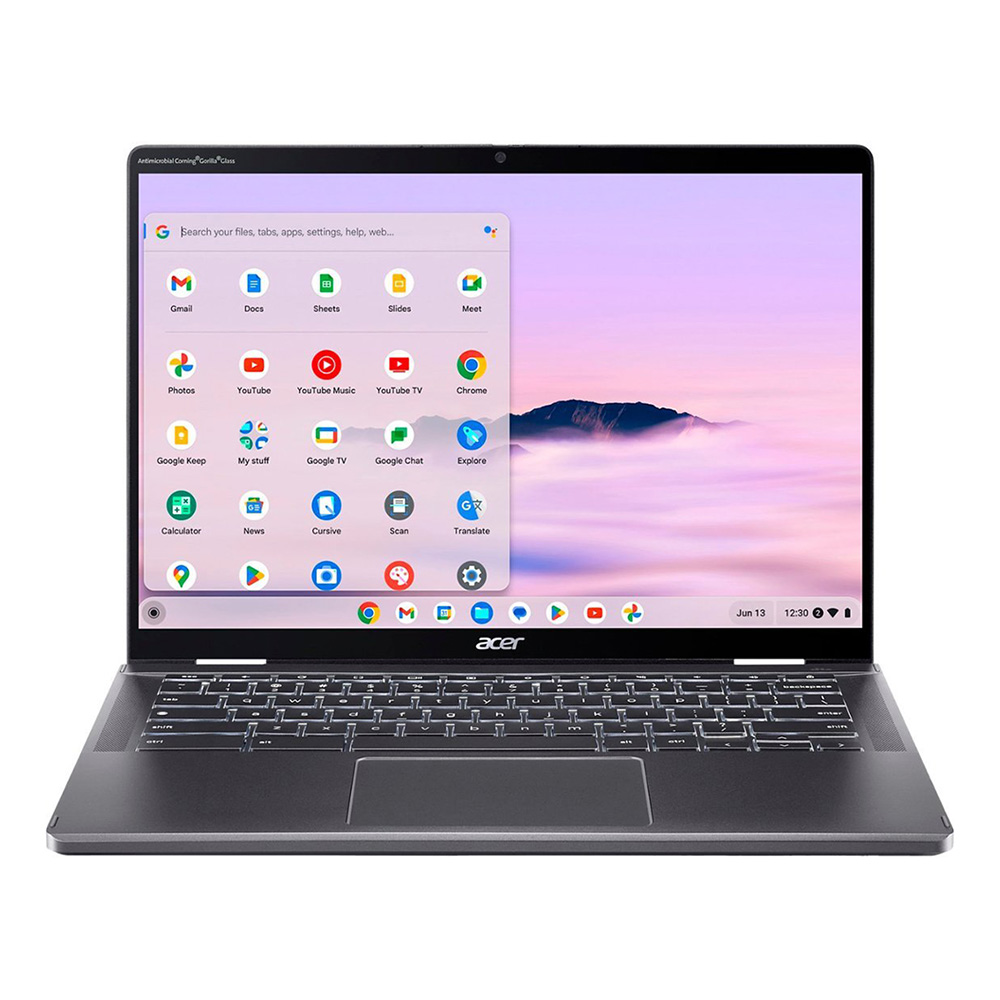
Best budget
For budget-minded writers (especially college and graduate students) who save their work in the cloud, there's this $699 Chromebook. It runs ChromeOS, which supports both Google's and Microsoft's suite of productivity apps. It also has a snappy and responsive keyboard.
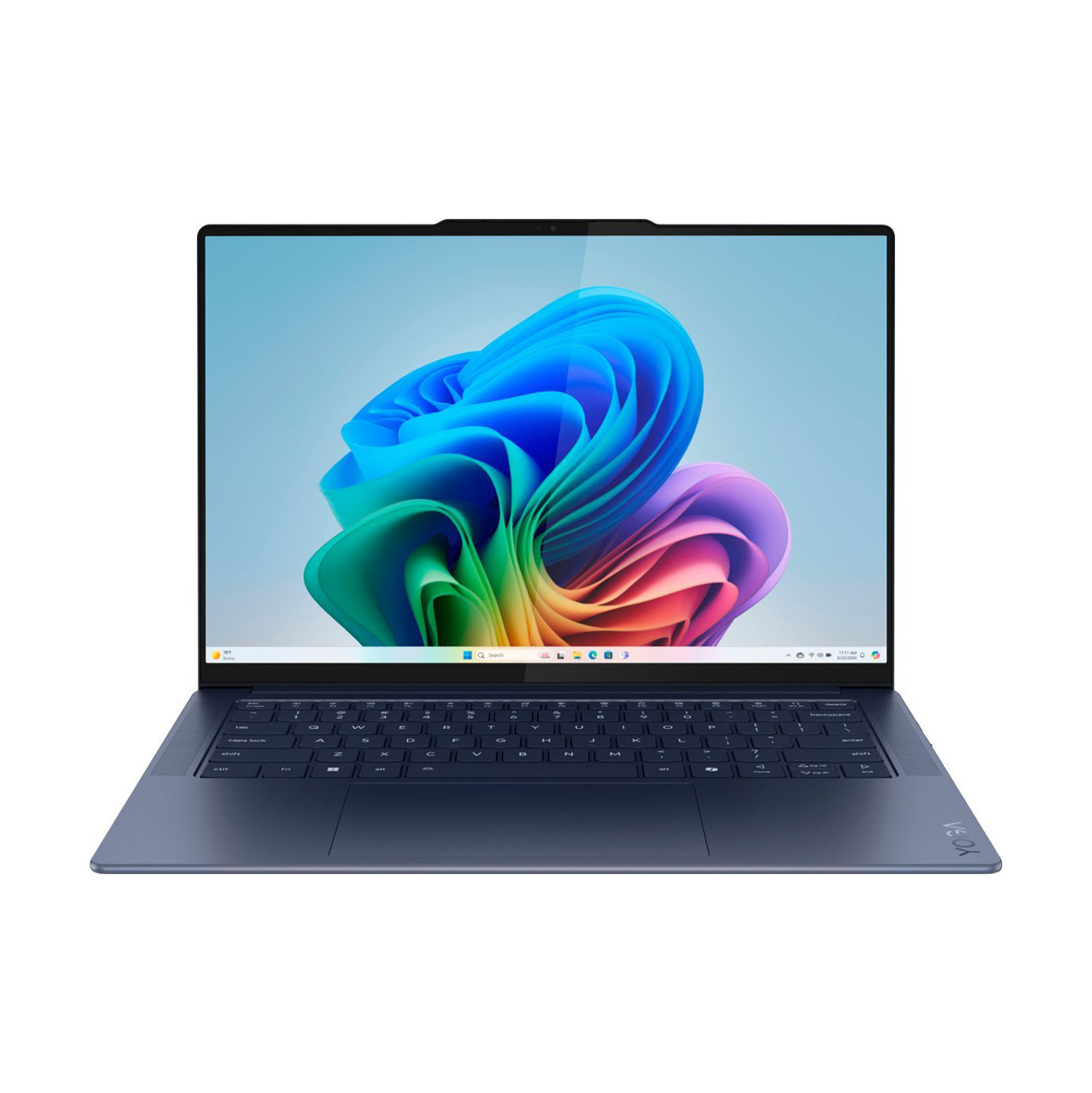
Best keyboard
The Lenovo Yoga Slim 7x has a comfortable and compact keyboard layout. It's keys also have a great amount of travel and tactile feedback; they're snappy and don't need much force to press down.
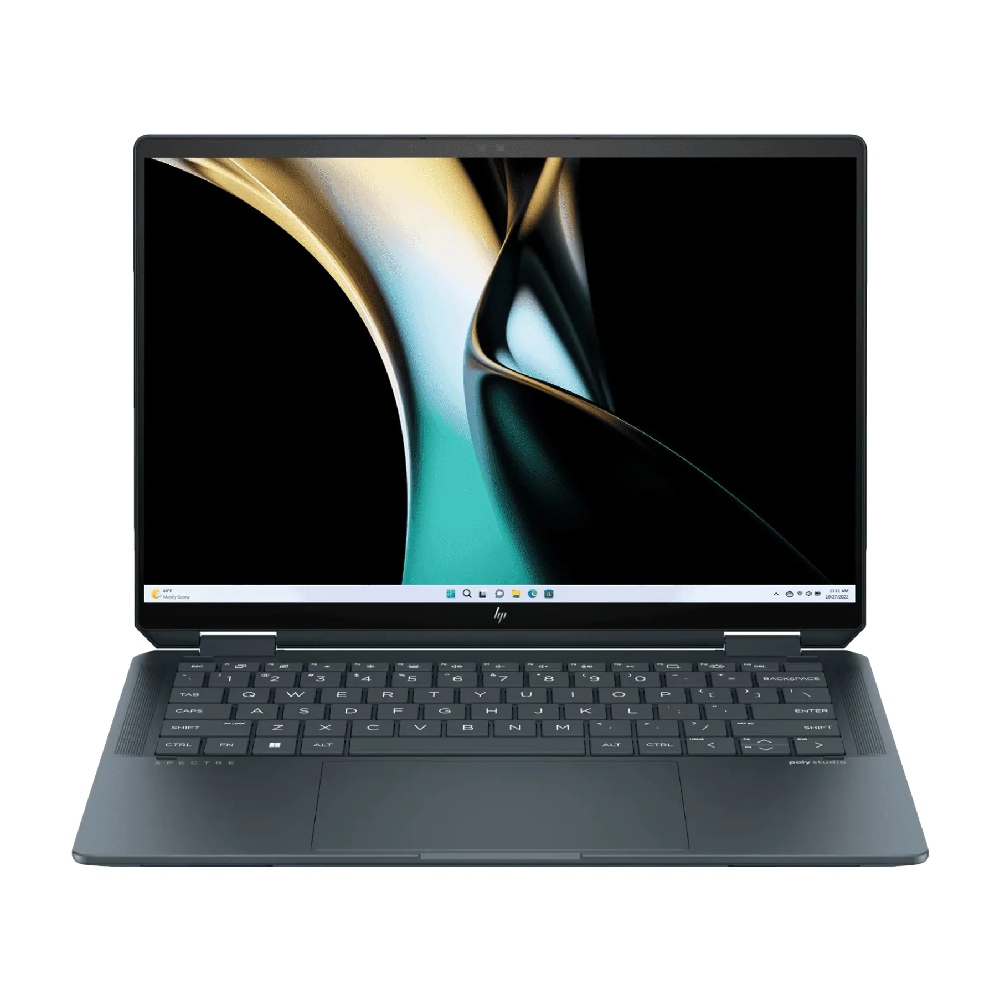
Best 2-in-1
For writers who also love to jot down their story ideas by hand, this 2-in-1 laptop's versatility goes beyond its form factor. Performance, a vibrant OLED display, fantastic speakers, great battery life — it has it all.

Best high-end
This MacBook Pro is way more laptop than most writers need, but for those who want go all-out, it's one of the best Laptop Mag has ever tested: nearly 21 hours of battery life, phenomenal performance, and display and speakers that put on a sensory showcase.
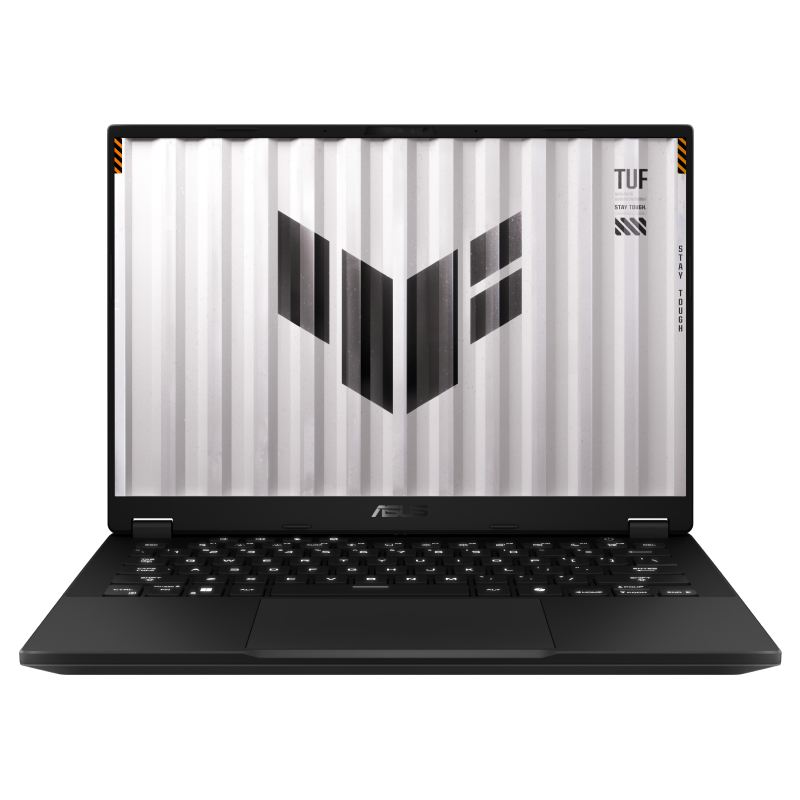
Best gaming
This tiny and mighty laptop combines the portability and battery life a lot of writers need with the performance a lot of PC gamers need. If you're a writer who also games, this laptop has the best of both worlds.

Joanna Nelius has reviewed laptops and computer hardware since 2018. Seven years of writing about laptops professionally makes her the perfect person to identify the best laptops for writers. Her work has appeared in The Verge, USA Today, Gizmodo, PC Gamer, and Maximum PC. She holds an MFA from Chapman University and works as a creative writing instructor.
Best overall laptop for writers
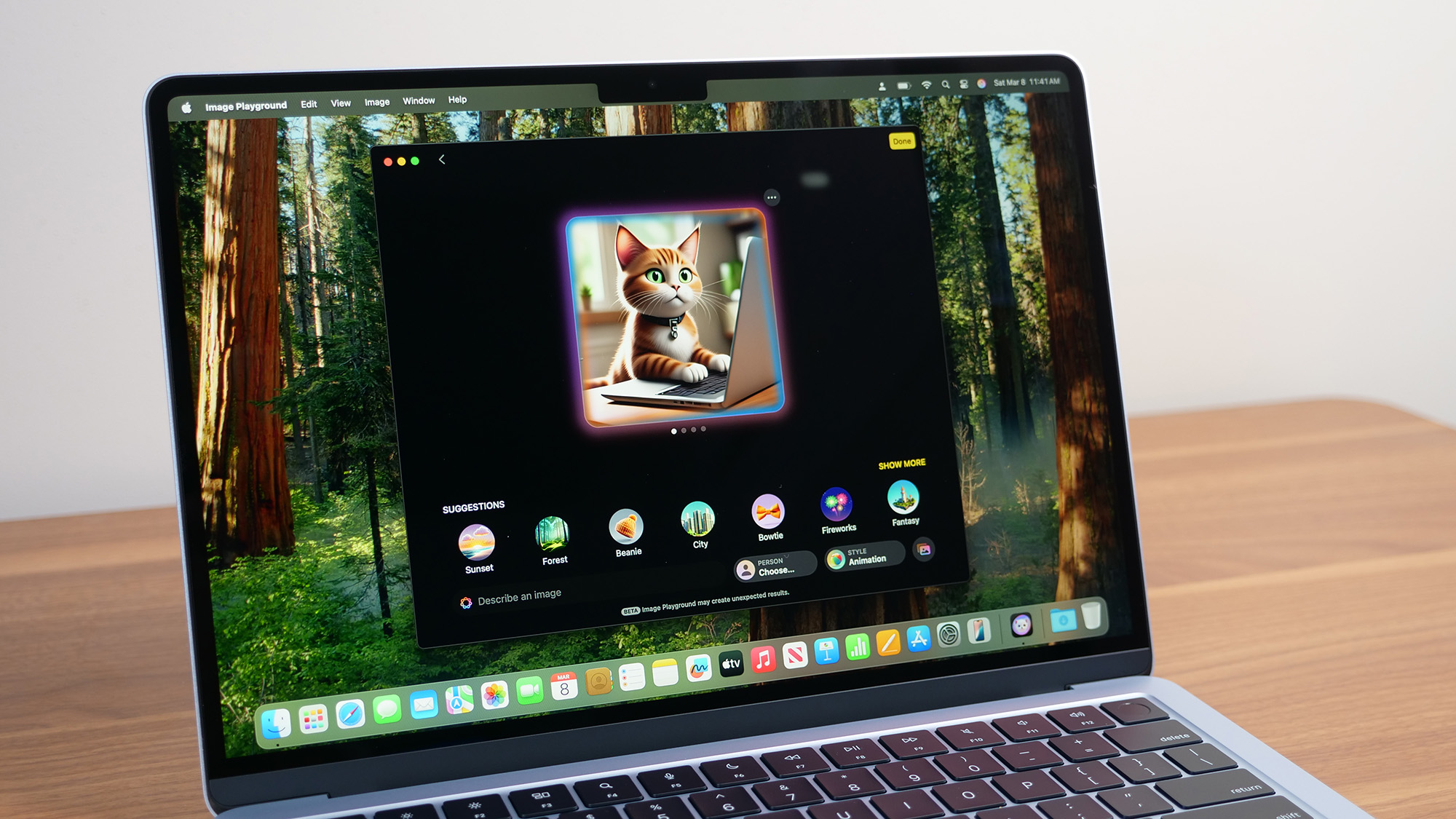



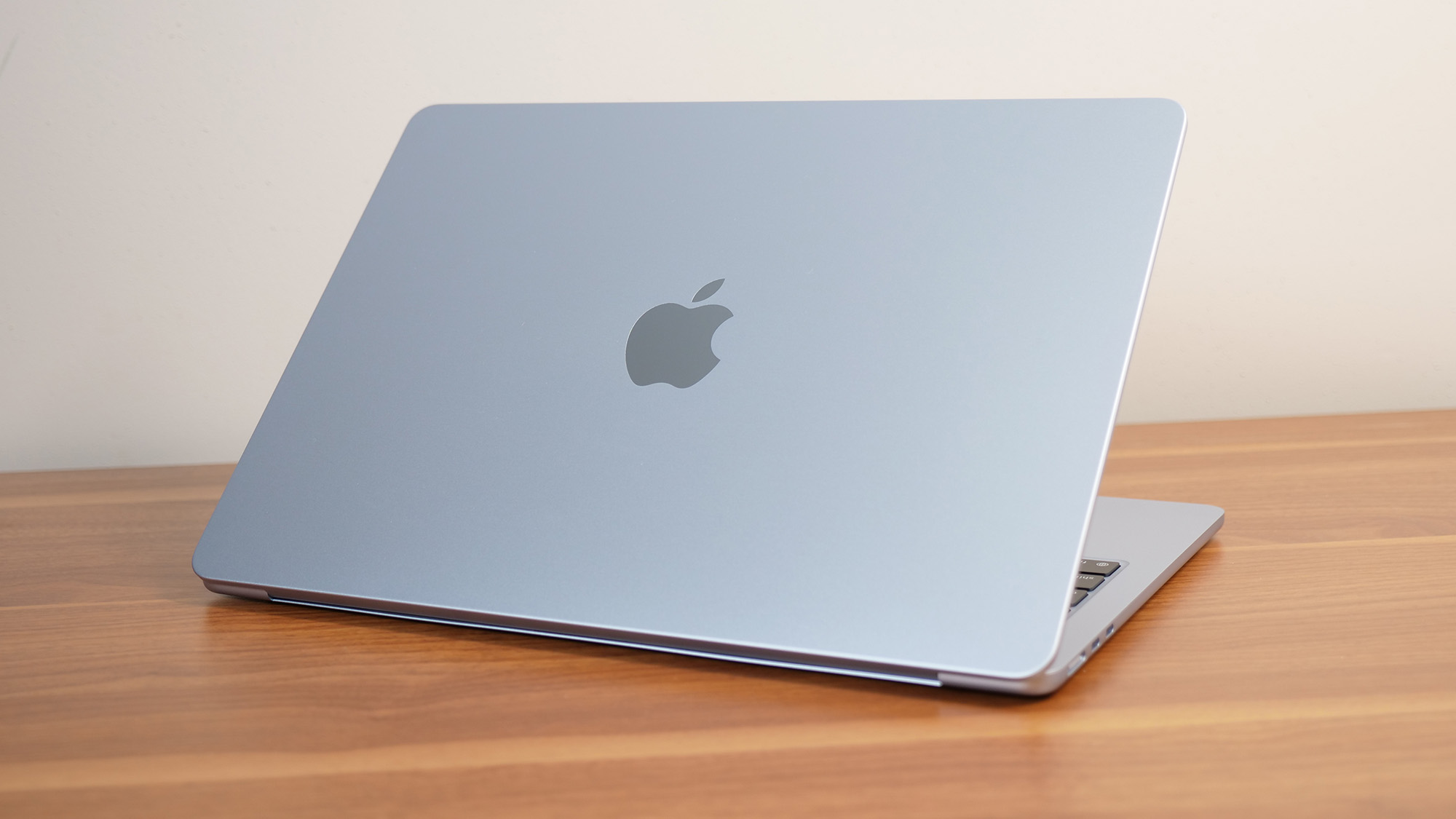
Specifications
Reasons to buy
Reasons to avoid
The Apple MacBook Air 13 M4 is one of the most well-balanced laptops on the market today. Its performance is as speedy as its keyboard is snappy. It gets 15.5 hours of battery life thanks to stellar power efficiency. And it's one of the thinnest and lightest laptops we've ever reviewed.
✔️ You love to draw inspiration from writing in different places. The 13-inch MacBook Air M4 is super thin and light, making it a stellar travel companion, whether you’re writing in a coffee shop, a library, on a plane, or on your couch. Plus, it has an epic battery life.
✔️ You’re a tab hoarder or love to multitask while writing. With the M4 chip and at least 16GB of RAM, this laptop can easily tackle intensive research across multiple tabs and windows, long writing projects, and even casual gaming in your downtime.
✖️ You want to connect wired peripherals. MacBook Airs are known for being light and thin, not for having the greatest port variety. This laptop only has two USB-C (Thunderbolt 4) ports and an audio jack, so if you need to connect any accessories via USB-A, you’ll be out of luck without an adapter.
✖️ You love to play music through your laptop speakers. You’ll get clear sound with this laptop’s quad-speaker system, but if your favorite songs rely on speakers capable of delivering strong bass to truly shine, you’ll be disappointed.
The Apple MacBook Air M4 is one of the best laptops we’ve ever reviewed. With impressive performance, a lightweight form factor, incredible battery life, and a satisfying keyboard, it easily slides in as the top recommendation for writers.
Diving in deeper to performance metrics, this laptop decimates the competition, outperforming even Snapdragon X Elite-powered laptops with a Geekbench 6 multi-core score of 14,849. And despite this spectacular result, the laptop stays cool under pressure. At its hottest point, the laptop only reached 85.2 degrees Fahrenheit, well below our 95-degree comfort threshold.
On top of being a lap-friendly laptop temperature-wise, this laptop also boasts a lightweight, thin form factor that makes it a great travel companion for writers who love to draw inspiration from coffee shops, book stores, or other public venues.
If you do spend all day away from home writing, you won’t have to worry about remembering your charging cable or being close to an outlet. In our battery test, which involves continuous web surfing over Wi-Fi at 150 nits, the MacBook Air 13 M4 lasted 15 hours and 30 minutes, far longer than a standard writing session.
Perhaps more importantly than great battery life, this laptop is decked out with a satisfyingly springy keyboard that we’ve come to expect from MacBooks (in their post-butterfly switch era, anyway), giving writers inspiration to crank out that daily word count. As for the display, it’s not the most colorful, but Laptop Mag’s managing editor Sean Riley notes that “it’s sharp and very color-accurate.”
For all these reasons, the MacBook Air 13 M4 is the laptop we’d recommend most to writers.
See our full MacBook Air M4 review.
Best budget laptop for writers
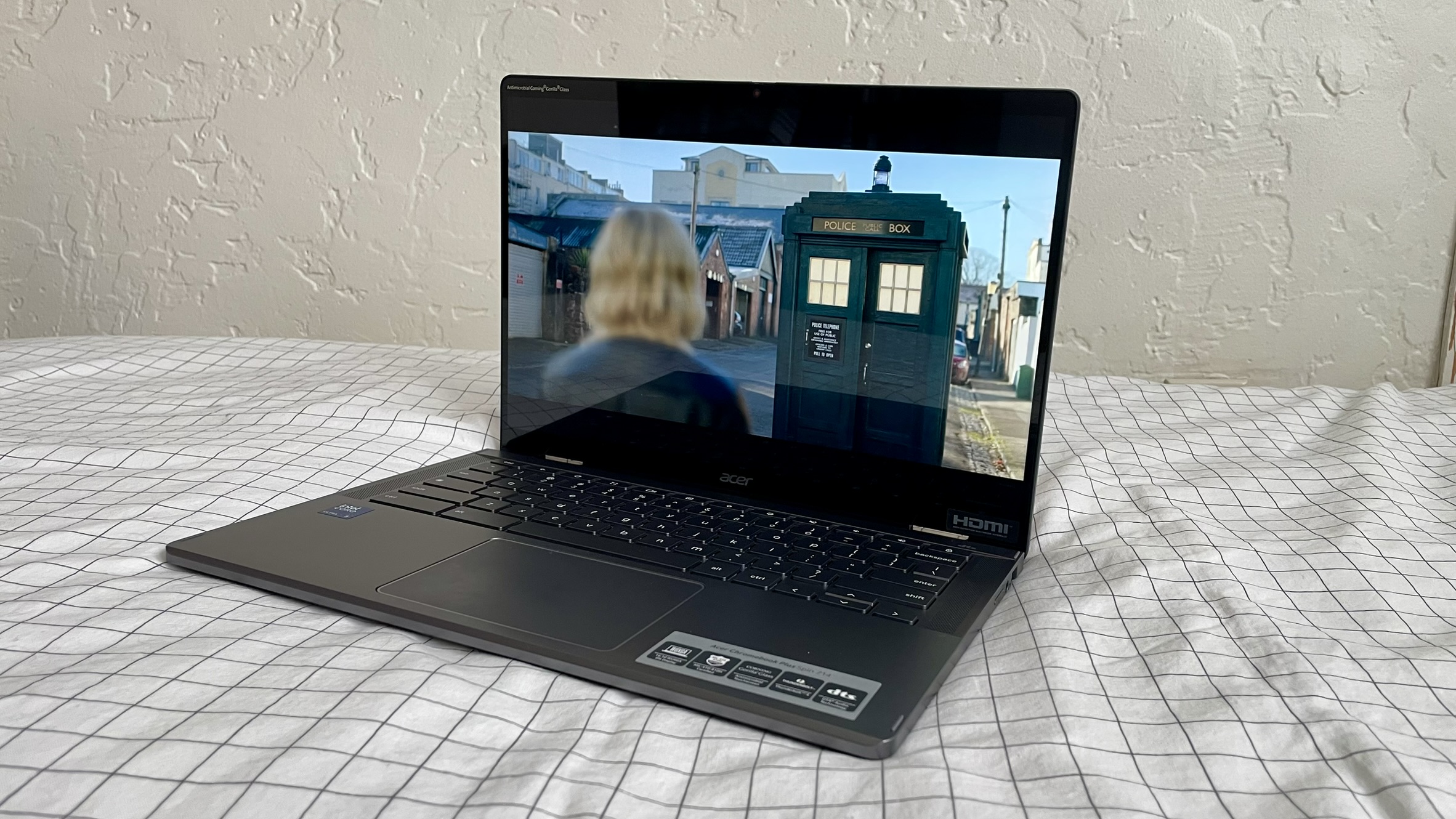

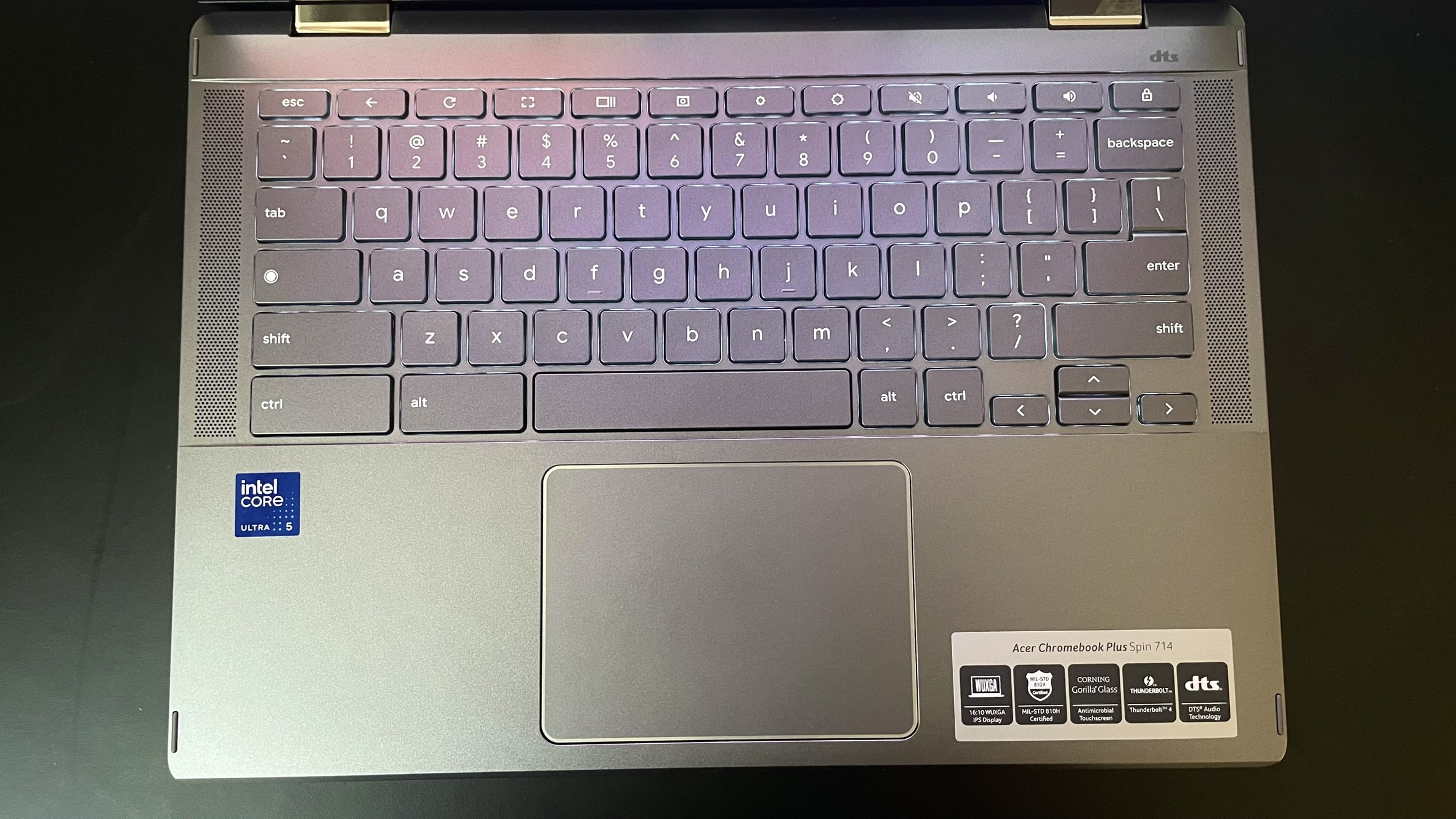
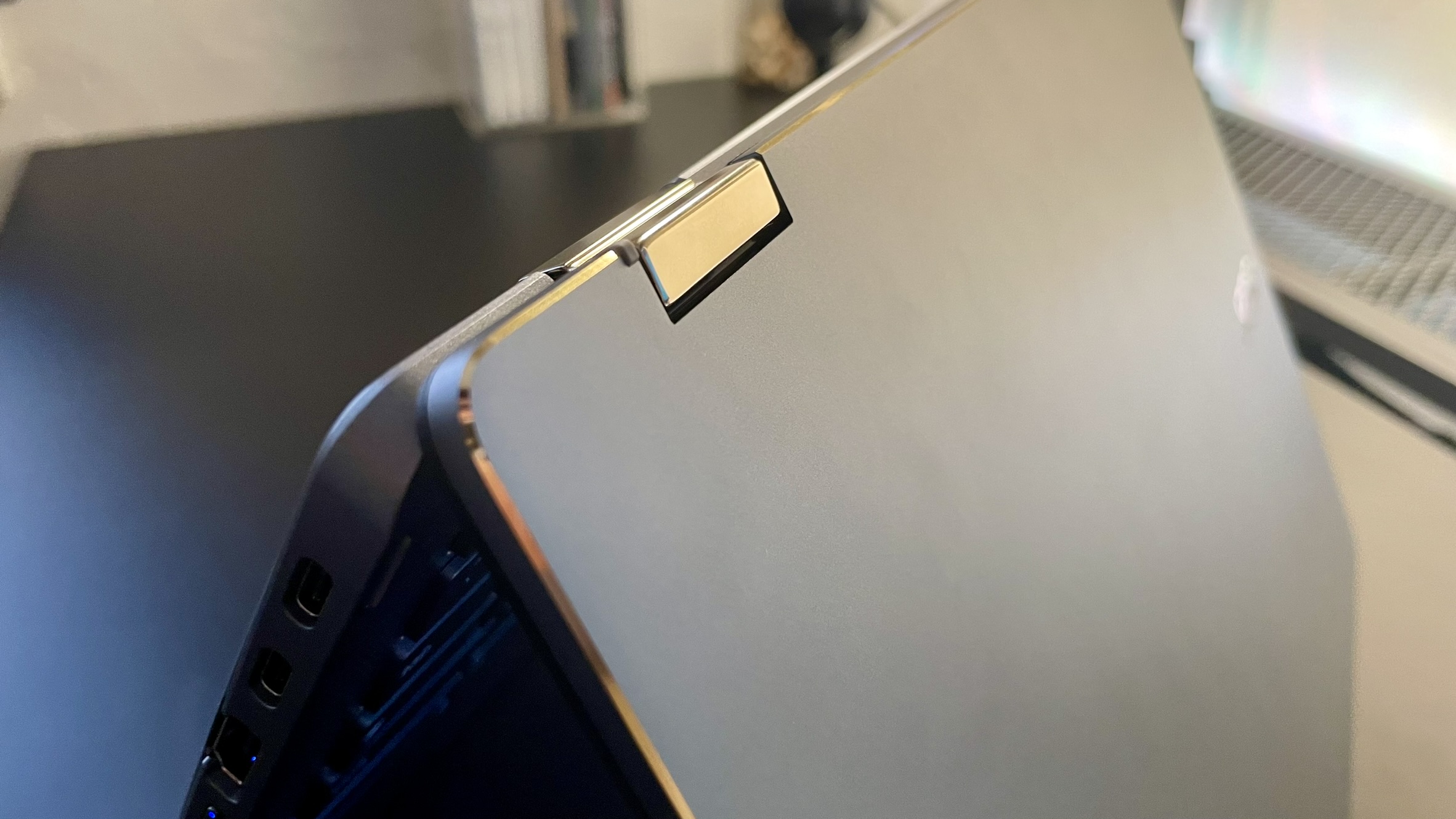
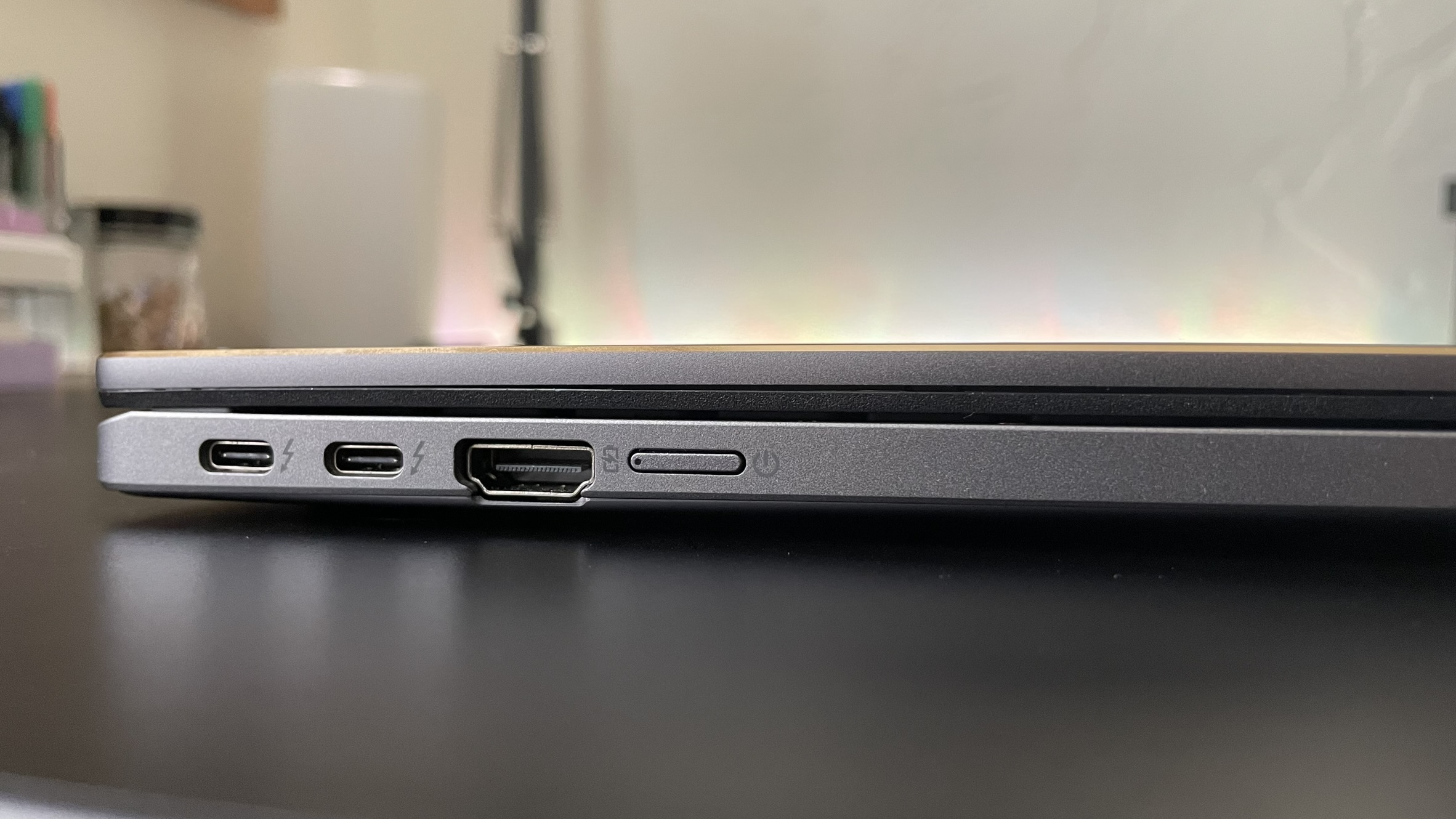

Specifications
Reasons to buy
Reasons to avoid
The Acer Chromebook Plus Spin 714 is an excellent value for the performance and portability it offers, and a great keyboard, too. It comes with a bunch of extra perks, like a free, 12-month subscription to Google One, and you don't always need an internet connection to access your files.
✔️ You don't need anything fancy. ChromeOS was designed to be simple. If you need a laptop for just writing in Google Docs and watching movies on Netflix, this one has you covered without any extra fuss.
✔️ You want to save money. $699 is more affordable than the rest of the laptops on this list. If you don't need a laptop to do much, there's no need to spend more on one.
✖️ You need longer battery life. This laptop maxes out at 9.5 hours, which is less than other laptops on this list. It might make it through an entire day, but that all depends on how many apps you run on it at the same time.
✖️ You want a full-fledged operating system. While simple to use, ChromeOS is a web browser at its core. It doesn't have nearly as much app compatibility as its Windows and macOS counterparts.
When it comes down to it, many writers, including college and graduate students, just need a laptop with a great keyboard and enough processing power to run some of the best writing tools — at a price that won't demolish their wallets.
The $699 Acer Chromebook Plus Spin 714 is one of the most affordable laptops for writers that still delivers good performance. On the Geekbench 6 overall performance test, it managed a multicore score of 6,335, making it one of the fastest Chromebooks you can currently buy.
So, you shouldn't have to worry about how it performs in the real world. Laptop Mag reviewer Stevie Bonifield writes that "The Intel Core Ultra 5 115U processor can handle basic productivity and web browsing tasks, making this a great device for students or many other mainstream users."
The chiclet keyboard might not be fancy, but the keys are snappy and responsive. There are plenty of ports for a mouse or an external hard drive, too. Though its battery life could have been longer, 9.5 hours is enough to get most people through a full day — and it's a full hour longer than our previous budget pick, the Acer Chromebook Plus 515.
It's hard to go wrong with the Chromebook Plus Spin 714 when you don't have or want to spend over $700 on a laptop.
See our full Acer Chromebook Plus Spin 714 review.
Best keyboard for writers
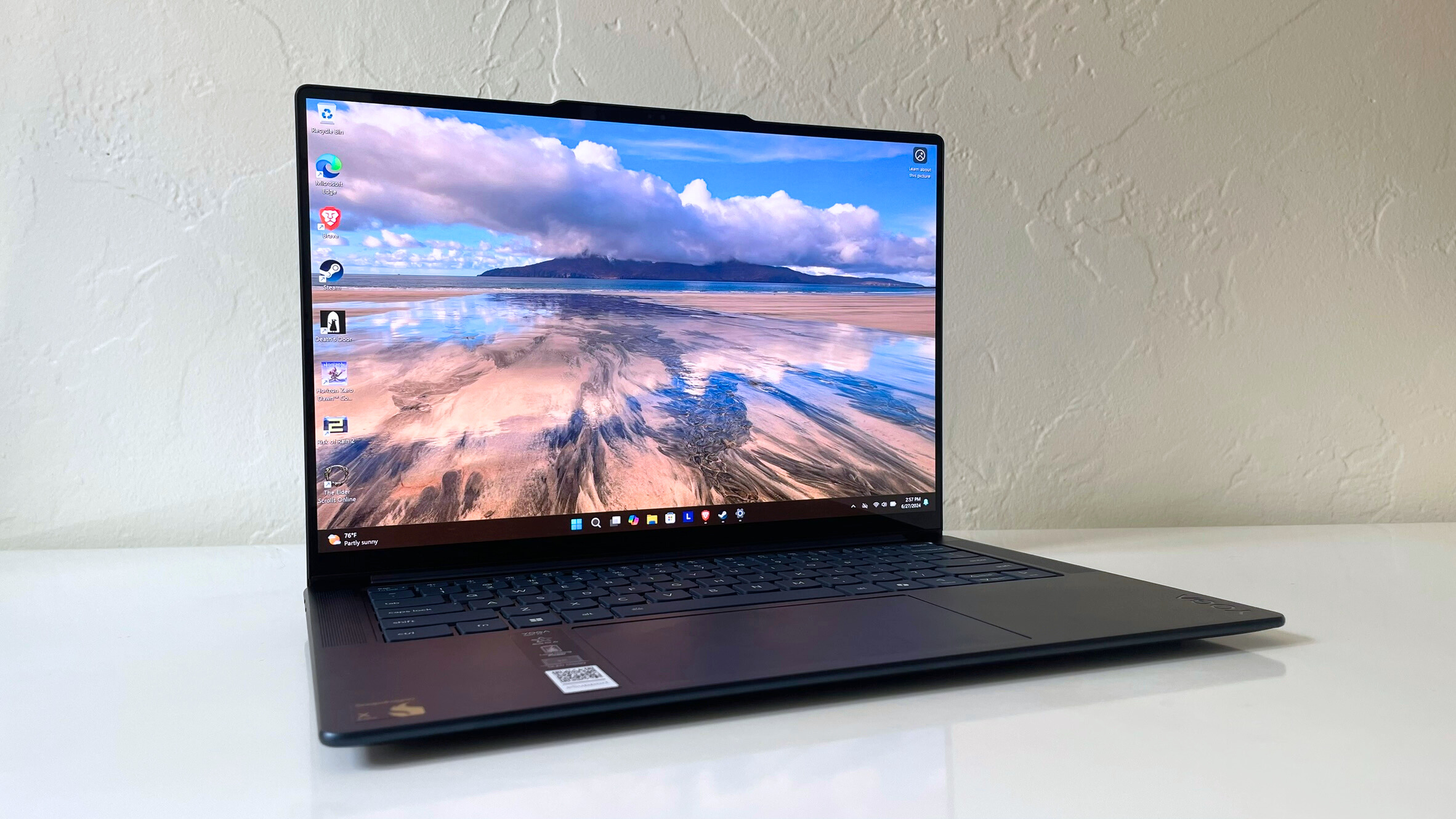
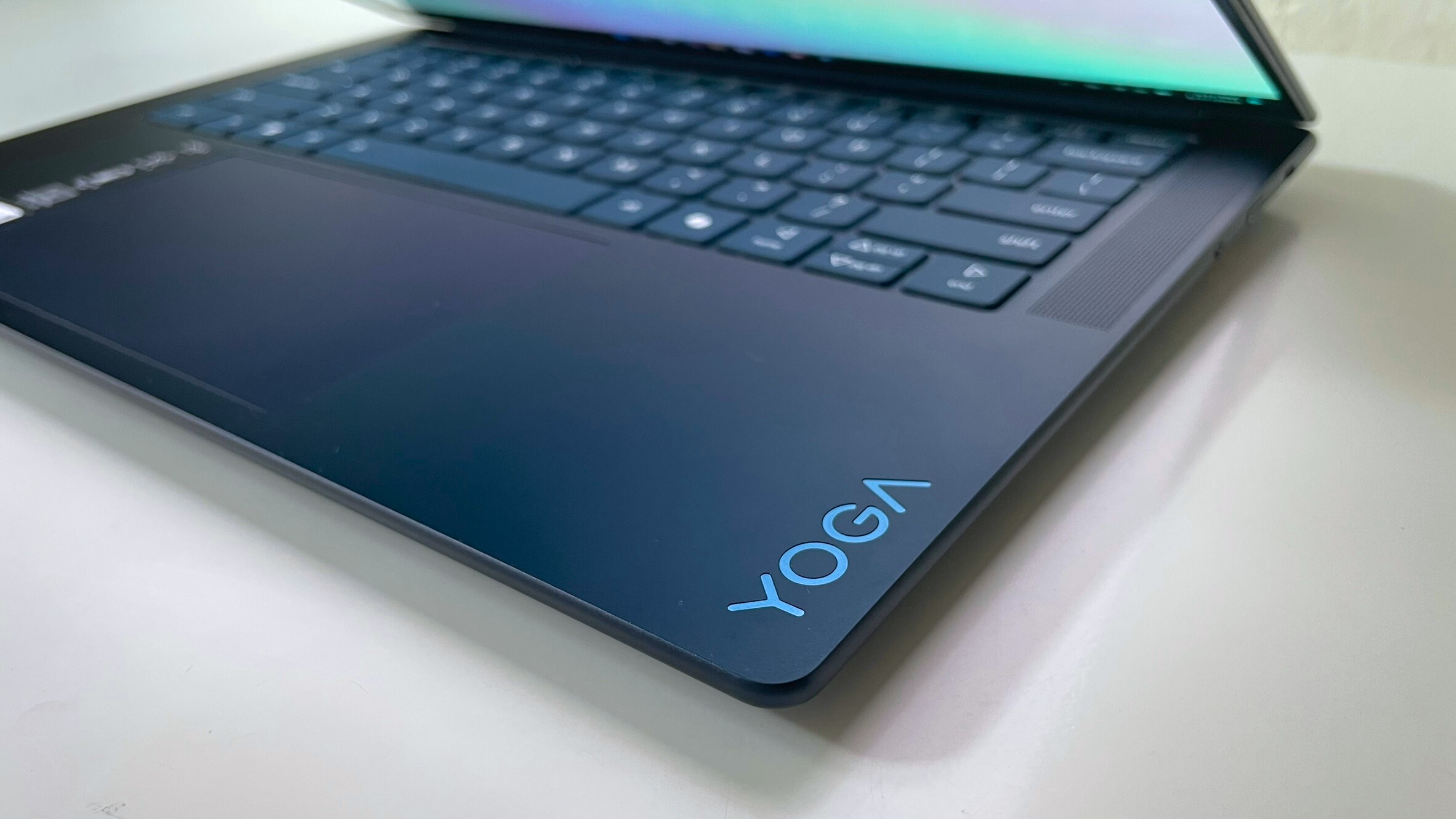
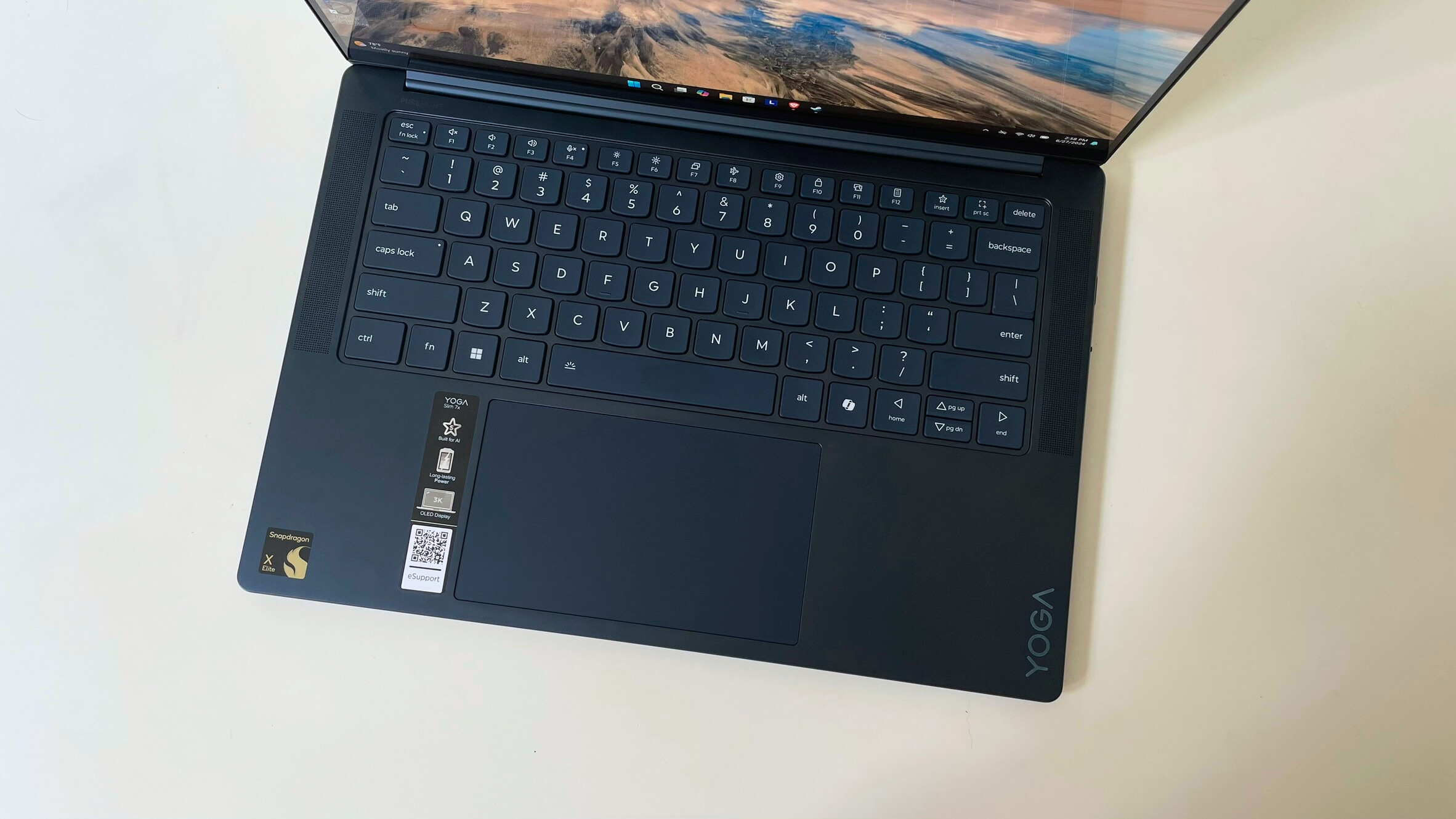
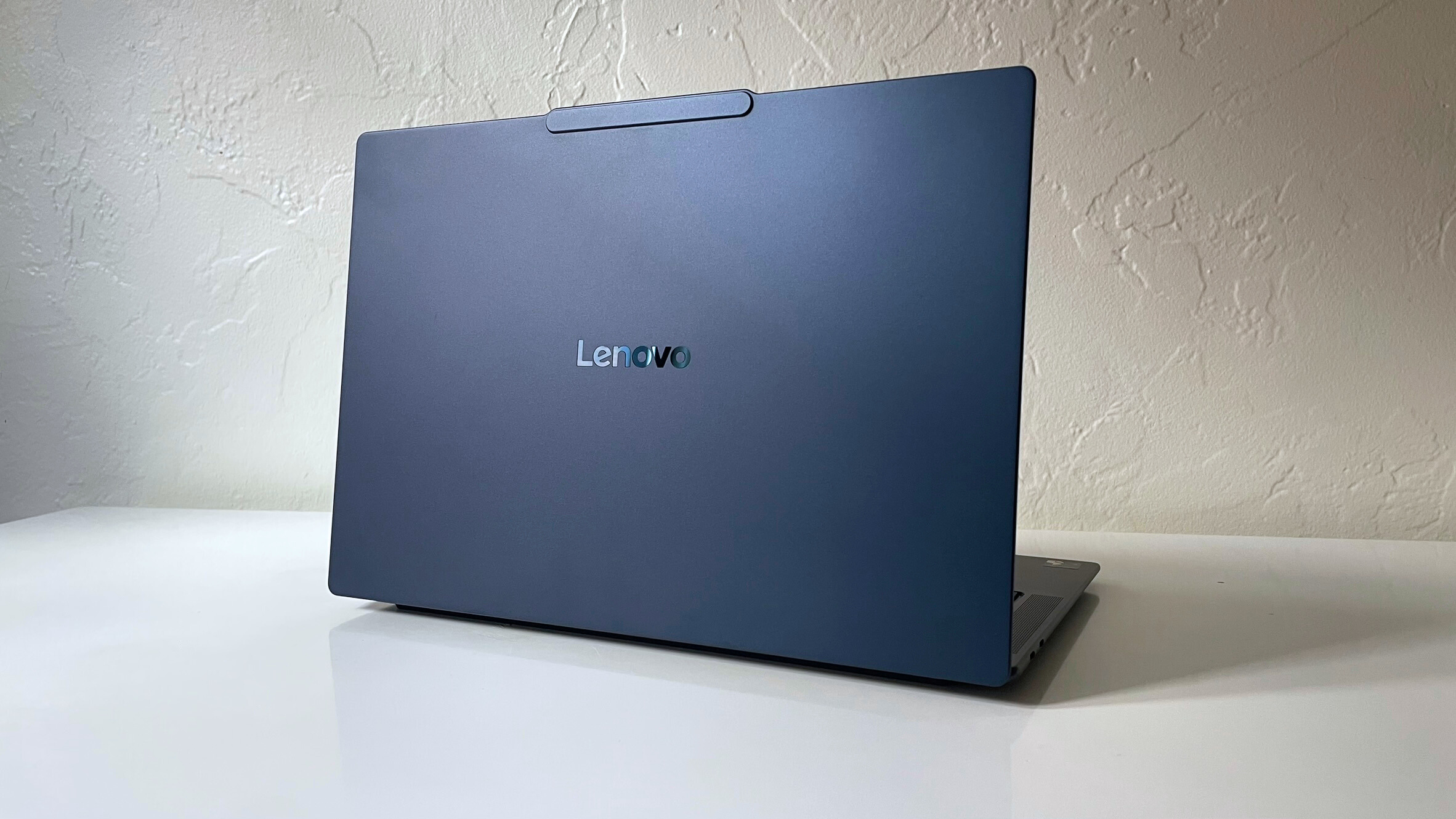
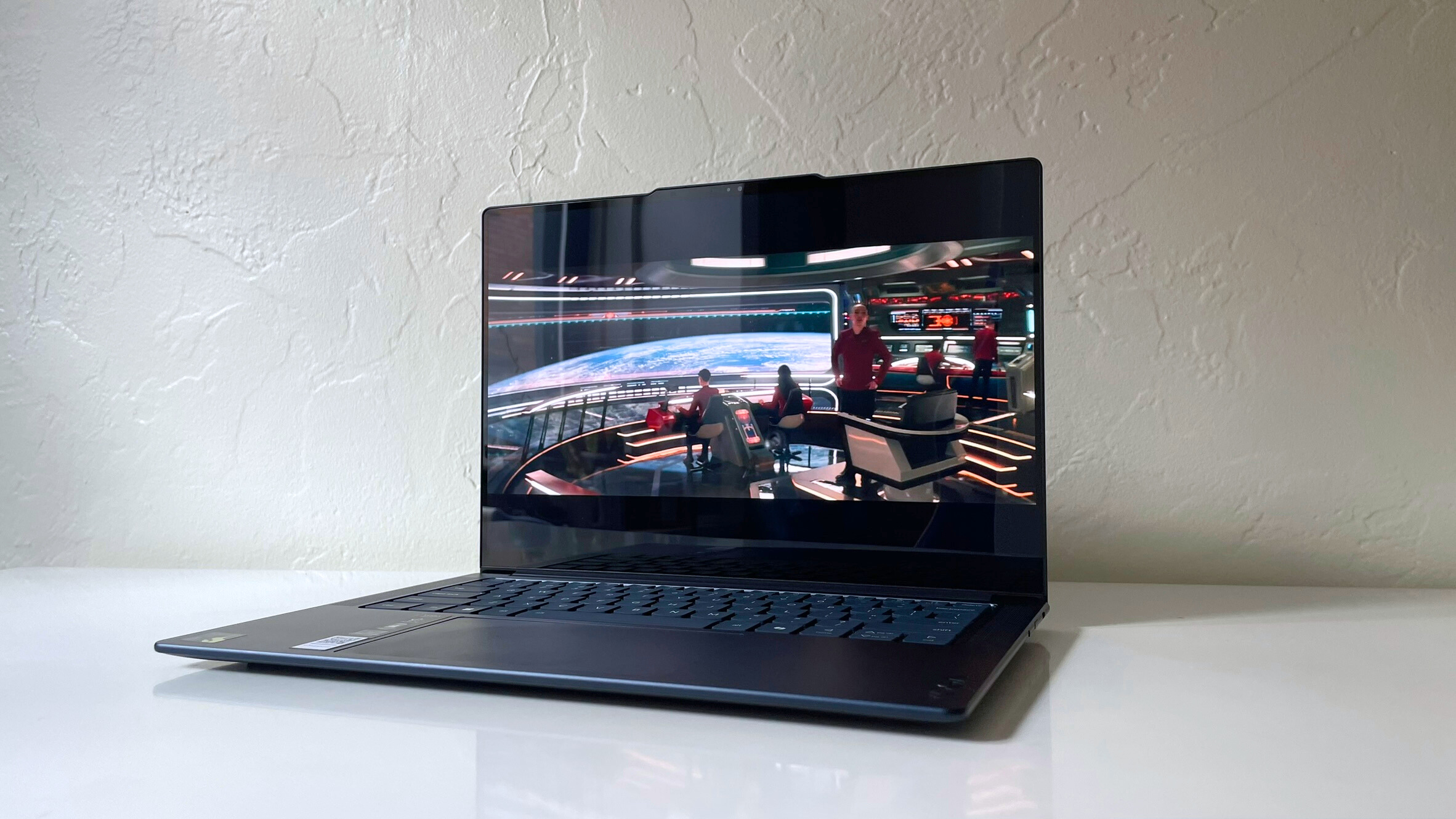
Specifications
Reasons to buy
Reasons to avoid
The Lenovo Yoga Slim 7x has a fantastic keyboard just like many of the company's other laptops. Its rounded, chiclet-style keys have more travel and spring than they appear at first glance. It also has amazing performance and a fantastic, color-accurate OLED display.
✔️ You want a laptop with more than just a great keyboard. If you're a writer like me, you often get 30-plus browser tabs deep in a research rabbit hole before you write your first sentence. This laptop has more than enough power to handle that and plenty of battery life to spare.
✔️ Your main concern is cost, but need something more robust than a Chromebook. This ARM laptop provides still the core Windows experience, but is cheaper than many of its Windows x86 rivals.
✖️ Windows on ARM doesn't support your writing app. LibreOffice recently made its way onto the platform, but others don't have native support. They may run emulated, they may not. If they do they might not run well.
✖️ You usually write under harsh lighting conditions. This laptop's OLED screen is too reflective, which might make it hard to look over your work. Cranking up the brightness helps get rid of that issue, but it at the expense of battery life (and maybe your eyes).
The Lenovo Yoga Slim 7x's headlining feature for writers is its keyboard, but it offers so much more than that: great performance to handle your largest manuscripts and dissertations, battery life that makes you feel free to lose track of time, and it's cool enough to put in your lap if you wanted to use it as a digital notebook.
Our reviewer, Stevie Bonifield, praises the keyboard as their favorite feature. From the keycaps' soft texture to the 1.5mm of key travel and tactile feedback, "The typing experience on the Yoga Slim 7x is so good that I broke my typing speed record on it." Having also reviewed many Lenovo laptops over the last six years, I agree with Stevie. Our previous best laptop keyboard for writers' pick was the Lenovo ThinkPad X1 Carbon Gen 11, too! (I've also broken my typing speed record on my Yoga Book 9i.)
Writing is one of the most basic tasks anyone can do on a laptop. But the longer the document, the greater the chance you'll run into lag. That's not an issue with this laptop. The Yoga Slim 7x cranked out a benchmark score of 13,750 in Geekbench 6. That's about 20% faster than its Aura Edition counterpart with a brand new Intel Core Ultra 7 256V chip (10,711).
It doesn't have the longest battery life compared to some of its rivals, but it's nothing to scoff about. It lasted over 14 hours in our tests, 4 hours more than the average premium laptop.
There are two crucial things to keep in mind about using the Yoga Slim 7x as your next writing machine: app compatibility and its reflective OLED display. Glare isn't as much of an issue for writers as it can be for artists (this laptop is also our favorite drawing tablet). But if your eyes are sensitive to light, turning down the display brightness might create some annoying reflections.
You'll also want to make sure your favorite writing app has a native ARM64 version since this laptop runs Windows on ARM. Microsoft Office, Google Docs, and LibreOffice users won't have an issue, but apps like Final Draft and Scrivener don't have official support. They might run fine via emulation, but check to make sure before buying this laptop.
See our full Lenovo Yoga Slim 7x review.
Best 2-in-1 laptop for writers
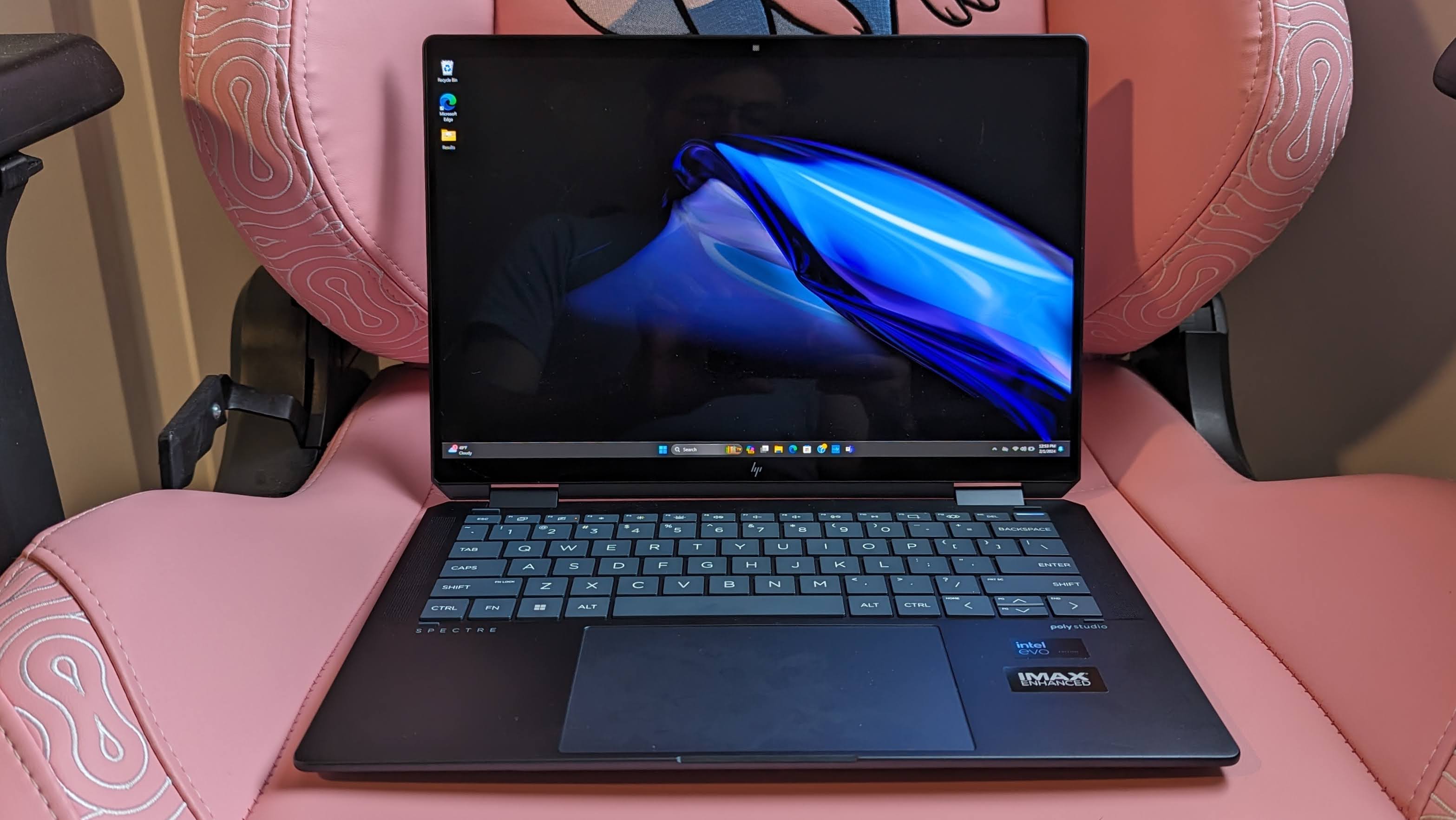


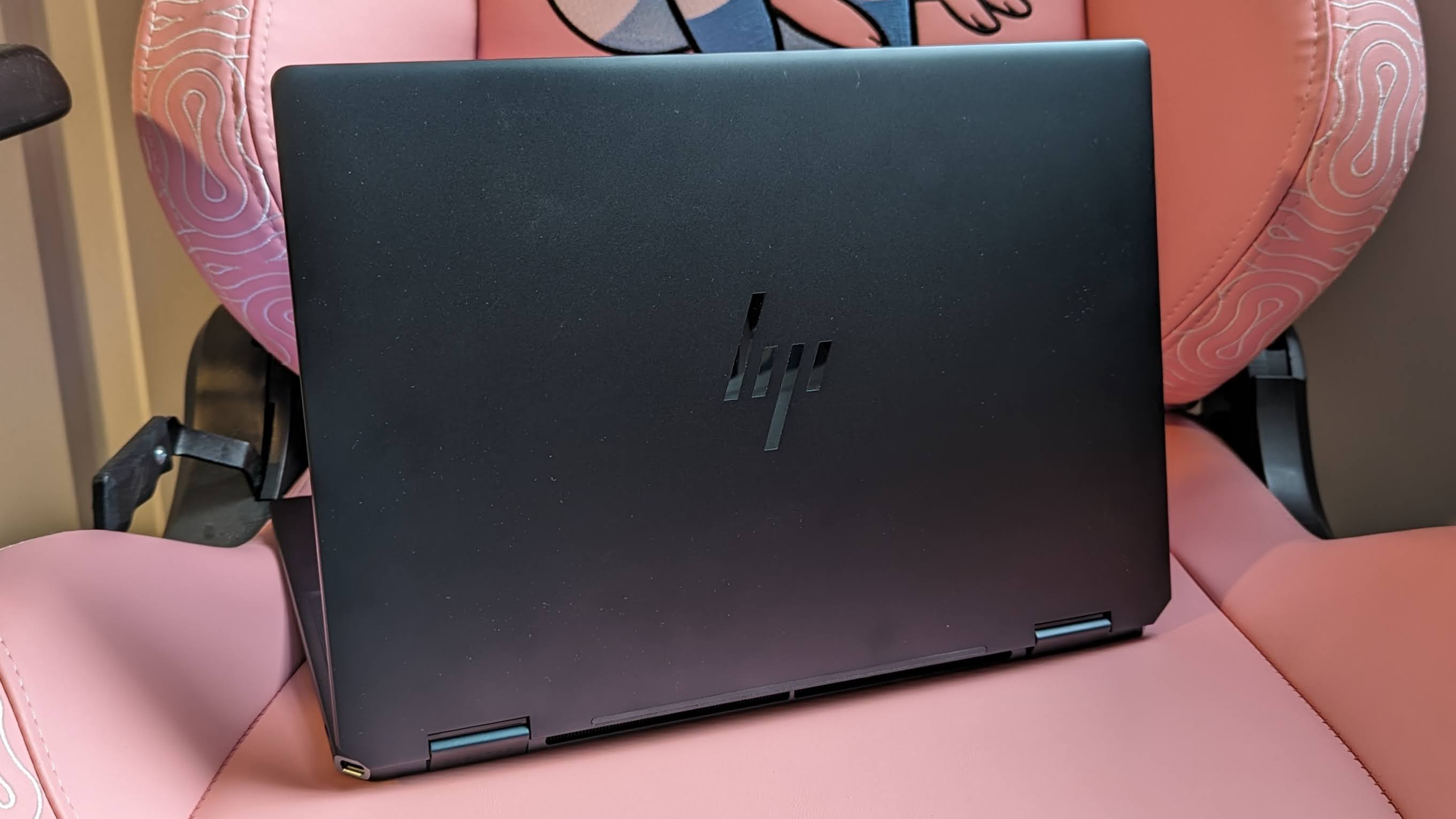
Specifications
Reasons to buy
Reasons to avoid
The HP Spectre x360 14 (2024) is versatile. Its fast processor is great at multitasking. It's OLED display makes the colors of your favorite shows pop. Its speakers make the bass line of your favorite song loud and clear. And if you feel like taking notes by hand, grab your stylus and flip the lid back — you now have a tablet.
✔️ You don't want to worry about app compatibility. If you're already using it with Windows 11 on an Intel or AMD laptop, it will more than likely work with this one.
✔️ You handwrite as much as you type. For some writers, their ideas flow faster when they put pen to paper (or stylus to screen). As a 2-in-1 laptop, you can fold the display back and use it as a digital notebook to plot your novel. When it's time to start writing the first chapter, just flip it back to take advantage of its excellent keyboard.
✖️ You need a lot of ports. It has one USB-A port, two USB-C ports, and a power port. That's it.
✖️ You want more battery life. 11 hours is still a long time for a laptop to hold a charge. But if it's your main priority, there laptop on this list that easily outlast it.
The HP Spectre x360 14 (2024) is highly regarded at Laptop Mag. It appears on a few other buying guides as the best 2-in-1 laptop for a very good reason: it's near-perfect, offering the most consistent balance between performance, battery life, design, audio, keyboard clickiness, a 4K webcam, and a gorgeous display.
HP built the 2024 Spectre x360 14 with a powerful Intel Core Ultra 7 155H processor, 32GB of RAM, 2TB of SSD storage, a 2.8K OLED touchscreen, and 11 hours of battery life packed into a 14-inch chassis. That's incredible on its own, but it's staggering that it's somehow only $1,858 — and we've seen it go on sale for hundreds of dollars less.
On the Geekbench 6.1 overall performance test, its 12,358 multicore score flew far over the average premium laptop (8,443). Its SSD speeds are also decent, transferring 25GB of data at 1,362 megabytes per second. That's close to the average (1,378 MBps).
We normally advise writers searching for laptops to focus less on-screen color, but in case that is something you are looking for, just be aware that the Spectre doesn't have the brightest or most colorful touchscreen. Its display reaches 366 nits of brightness, which is lower than the average touchscreen (431 nits). It also covers 85.8% of DCI-P3 color gamut, below the average premium laptop (98.5%).
However, our reviews editor, Rami Tabari, writest that its OLED panel still filled the Road House (2024) trailer with "expected vibrance."
Writing app compatibility is something you won't need to worry about with the HP Spectre. It runs the x86 version of Windows (not ARM), so Final Draft, Scrivener, and other popular writing software will work fine.
See our full HP Spectre x360 14 (2024) review.
Best high-end laptop for writers
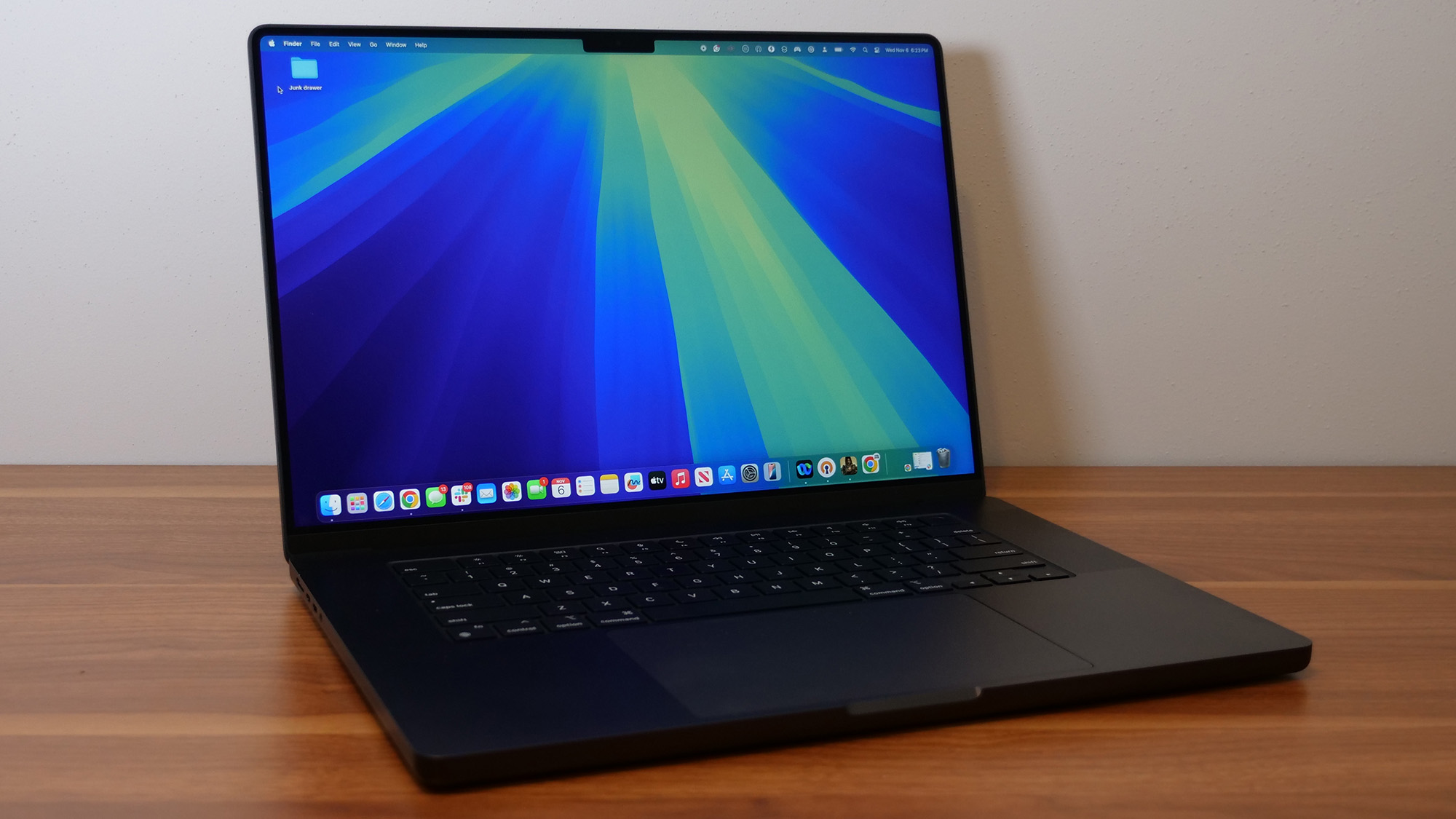
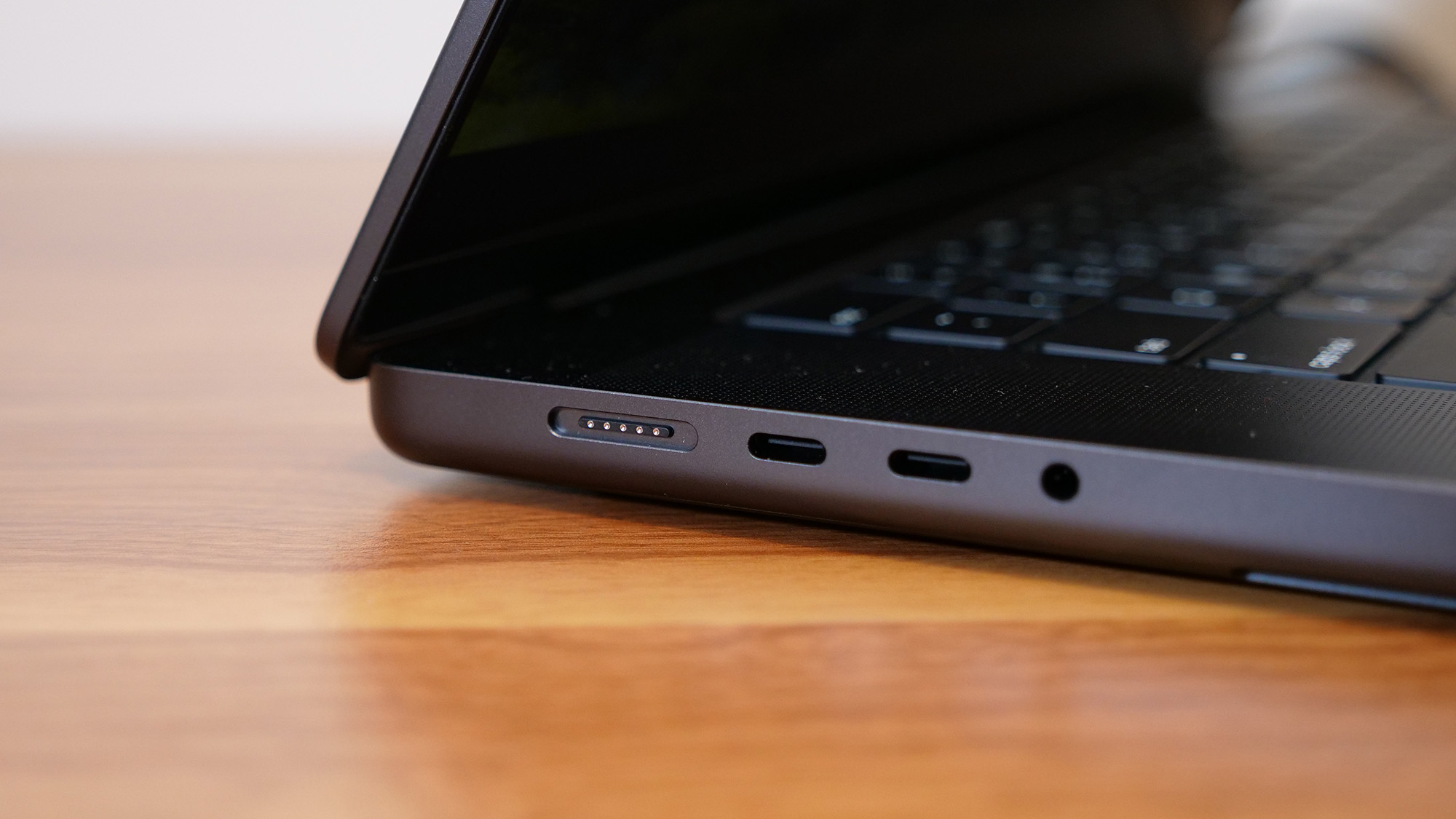

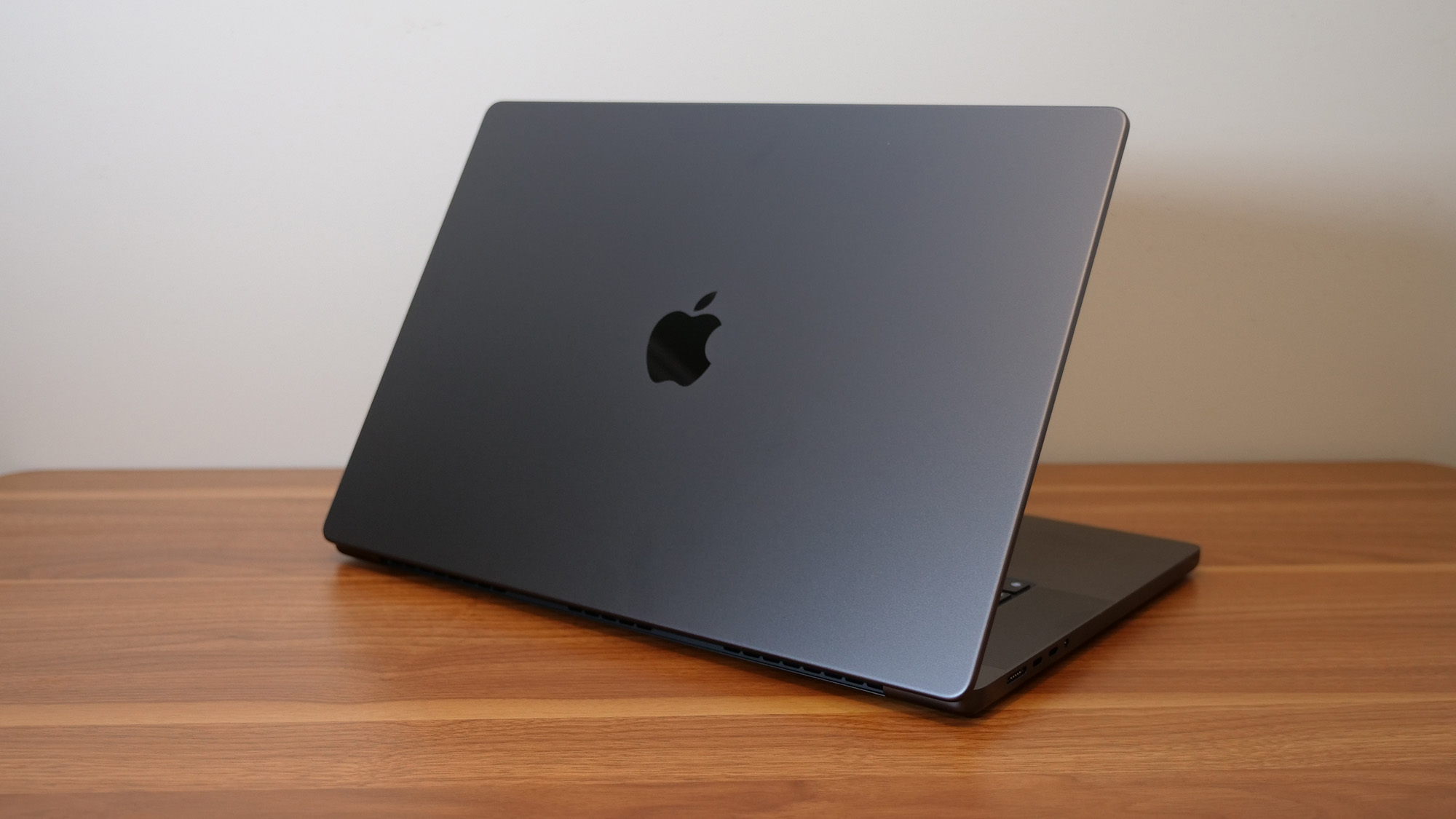
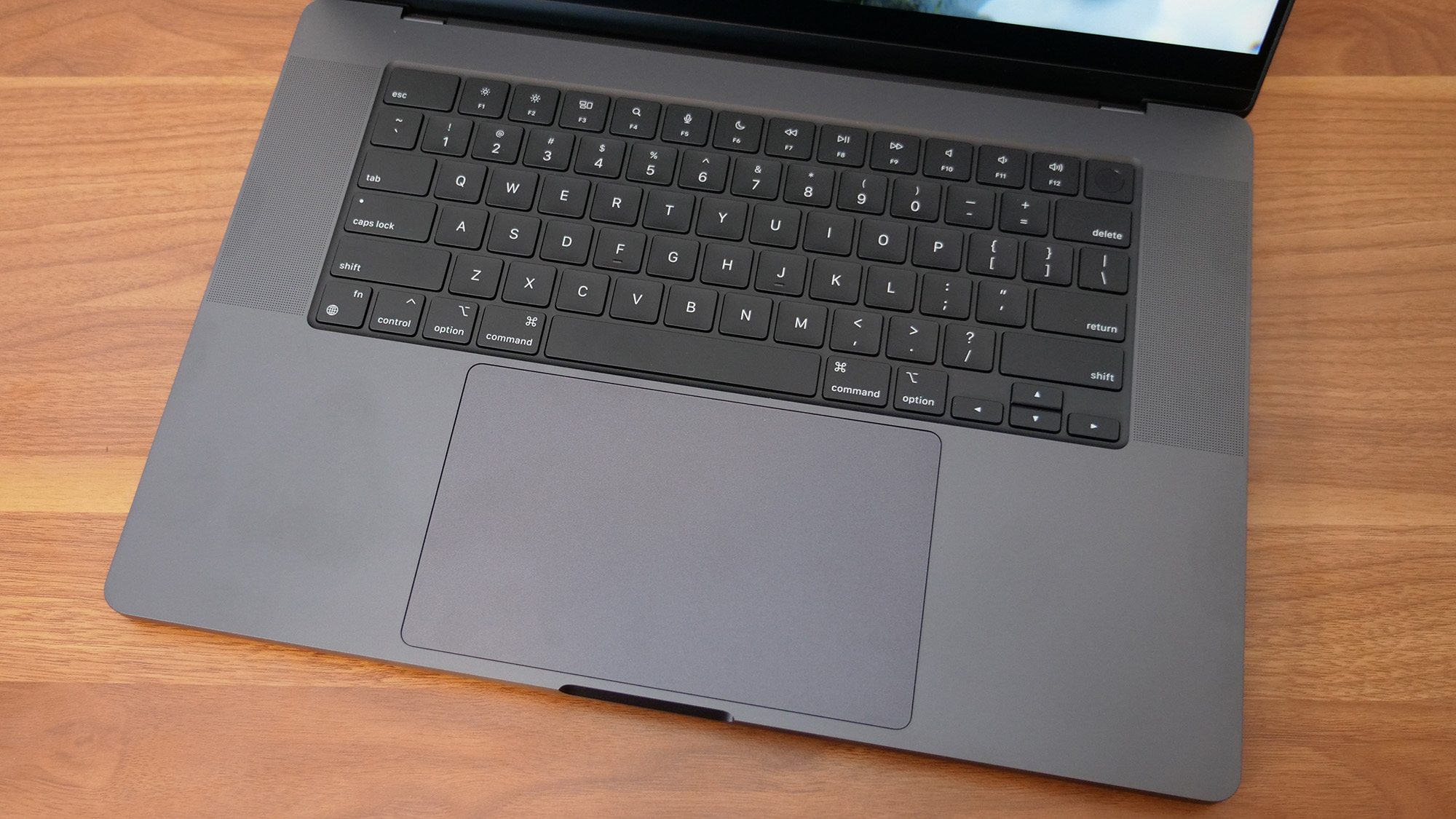
Specifications
Reasons to buy
Reasons to avoid
The 16-inch Apple MacBook Pro M4 Pro has outdone itself with its performance and battery life — on top of its incredibly bright display, fantastic keyboard and trackpad, robust sound, and one of the best webcams we've ever seen in a laptop.
✔️ You're a writer who does much more than write. Web browsing, video calls, photo and video editing, and even gaming — if you need a single device that can do all those things quickly and reliably, this laptop has you covered.
✔️ You want the best battery life. The number speaks for itself: 20 hours and 46 minutes. The only laptop we've tested that has outlasted this MacBook is the Lenovo ThinkPad T14s Gen 6 — and that's not even a MacBook Pro competitor.
✖️ You know you don't need this much laptop. It's a tremendous laptop, but it was made for so much more than just writing in Microsoft Word.
✖️ You want to avoid the Apple tax. The company did bump up the base specs to give you more for your money, but for $1,999, the base configuration still only comes with 512GB of storage space.
For writers who do other types of creative work (and have disposable income), there's the newest, 16-inch Apple MacBook Pro with an M4 Pro processor.
Laptop Mag's managing editor, Sean Riley, describes it best in his review: "It's almost simultaneously the most powerful premium laptop we've reviewed while also offering the second-longest battery of any laptop we've tested." Our benchmark numbers mostly speak for themselves.
With 20 hours and 46 minutes of battery life, it lasts 7 hours longer than the average premium laptop and its main competitors, the Lenovo Yoga Pro 9i 16 Gen 9 and Asus ProArt PX16 (2024) between 10 and 11 hours, respectively. It also outlasts the MacBook Pro M3 Max by nearly 3 hours.
It outshines them all in the Geekbench 6 multicore benchmark, scoring 22,822. Compared to the M3 Max (21,182), that's an 8% speed increase; remember that the 16-inch Max configurations start at $3,499.
Everything else about this MacBook Pro is just as good or better than previous generations. It's still expensive, but it's our best high-end laptop pick for a reason.
See our full Apple MacBook Pro 16-inch (M4 Pro) review.
Best gaming laptop for writers
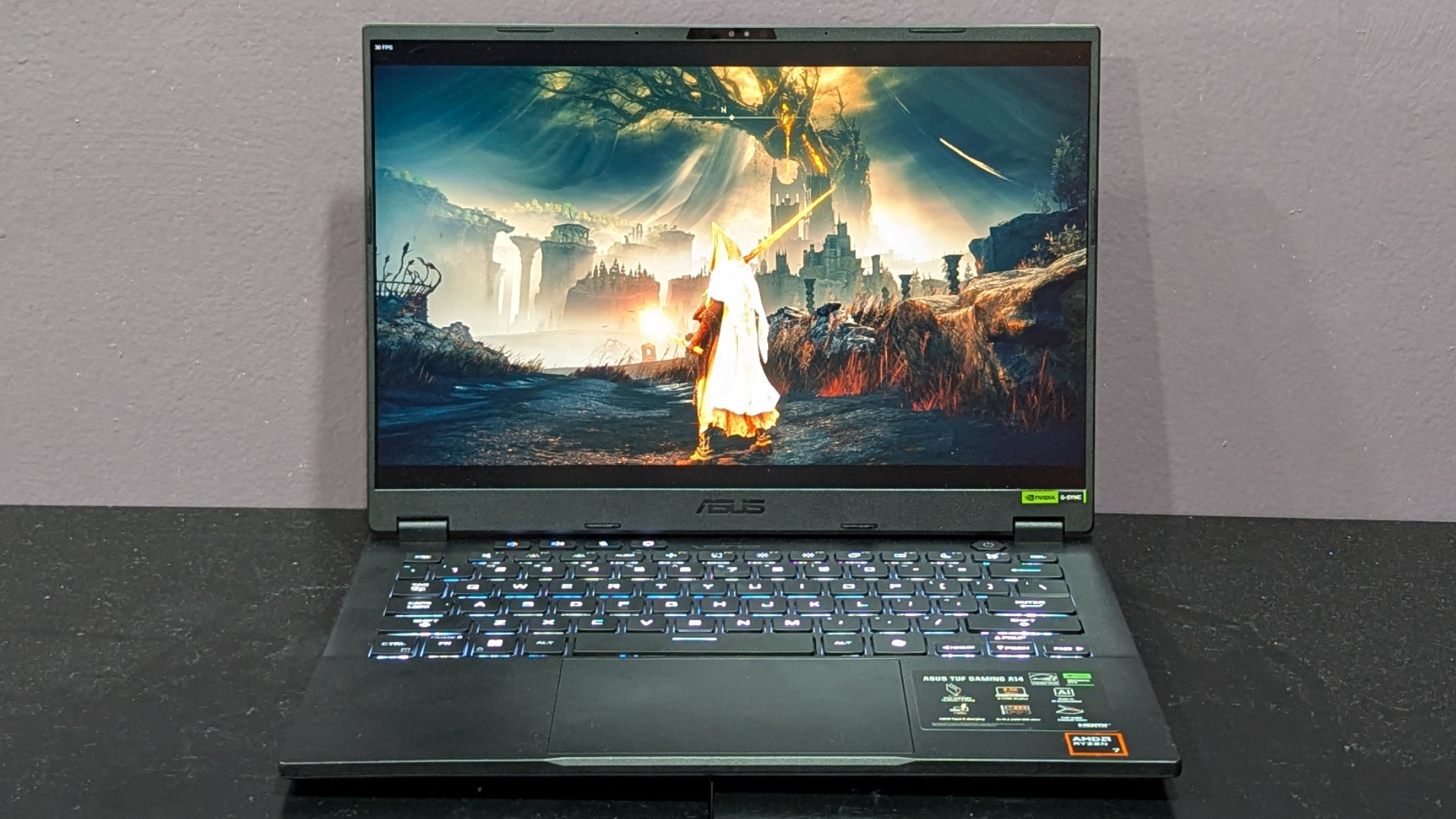
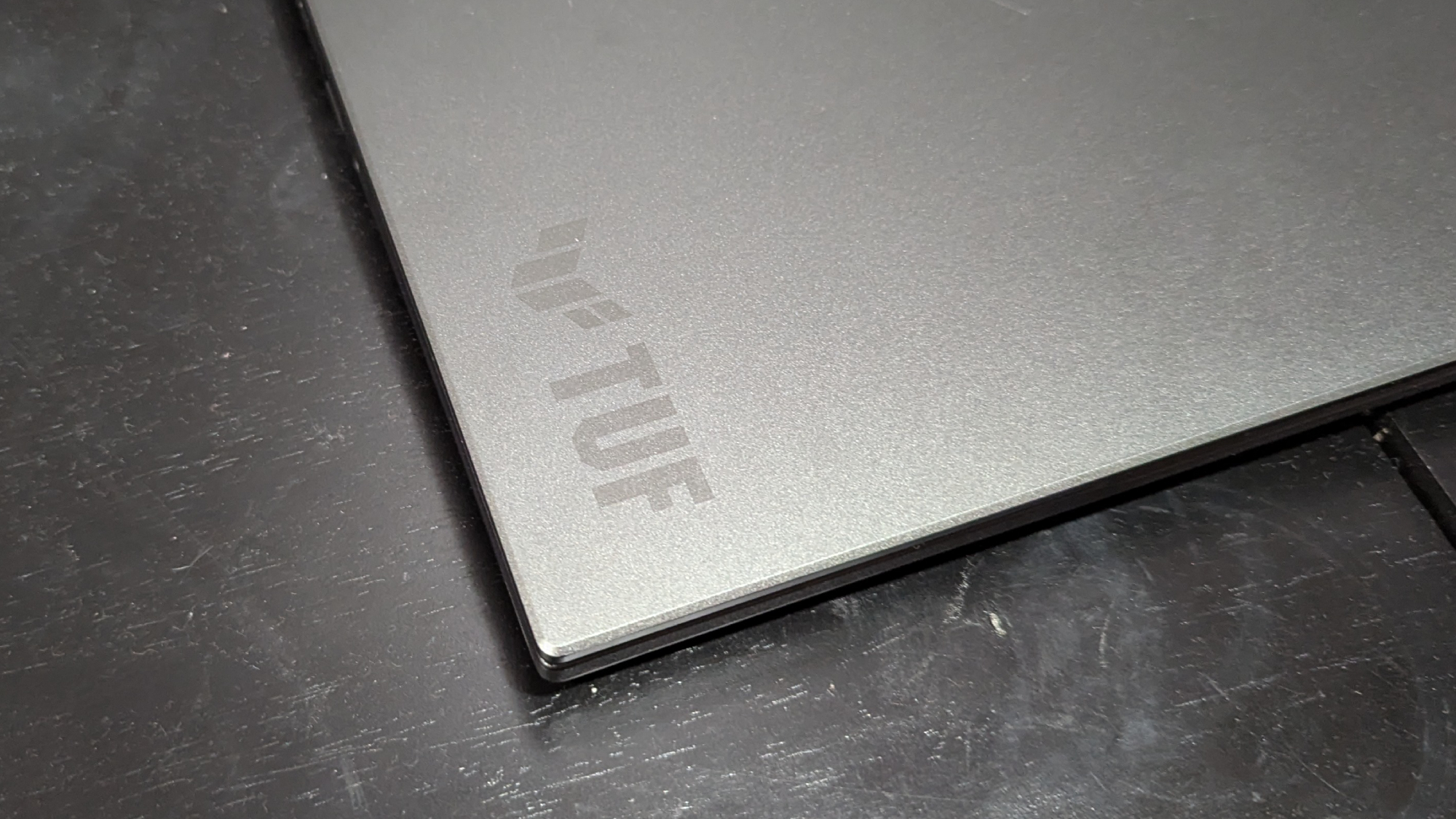
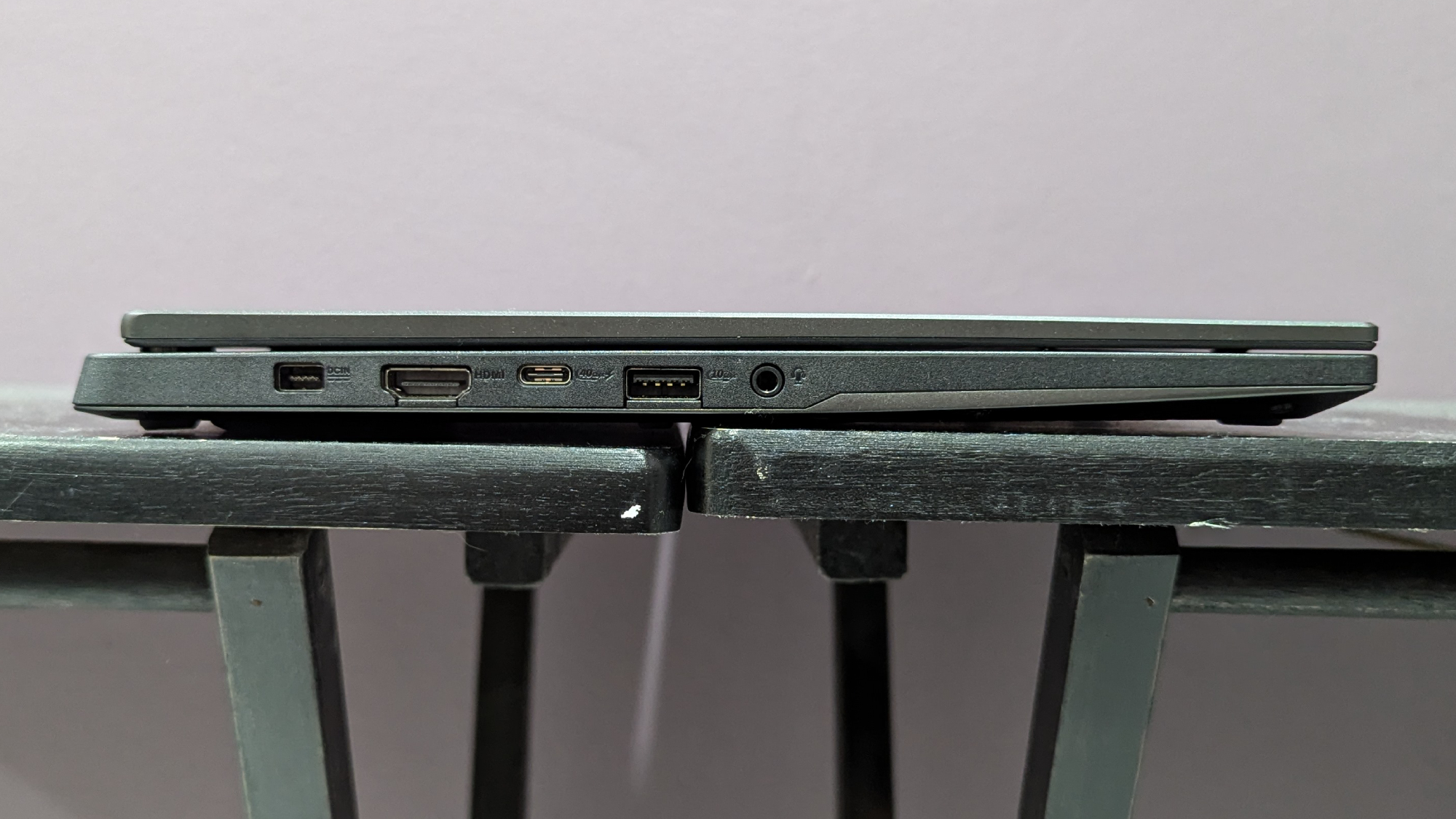
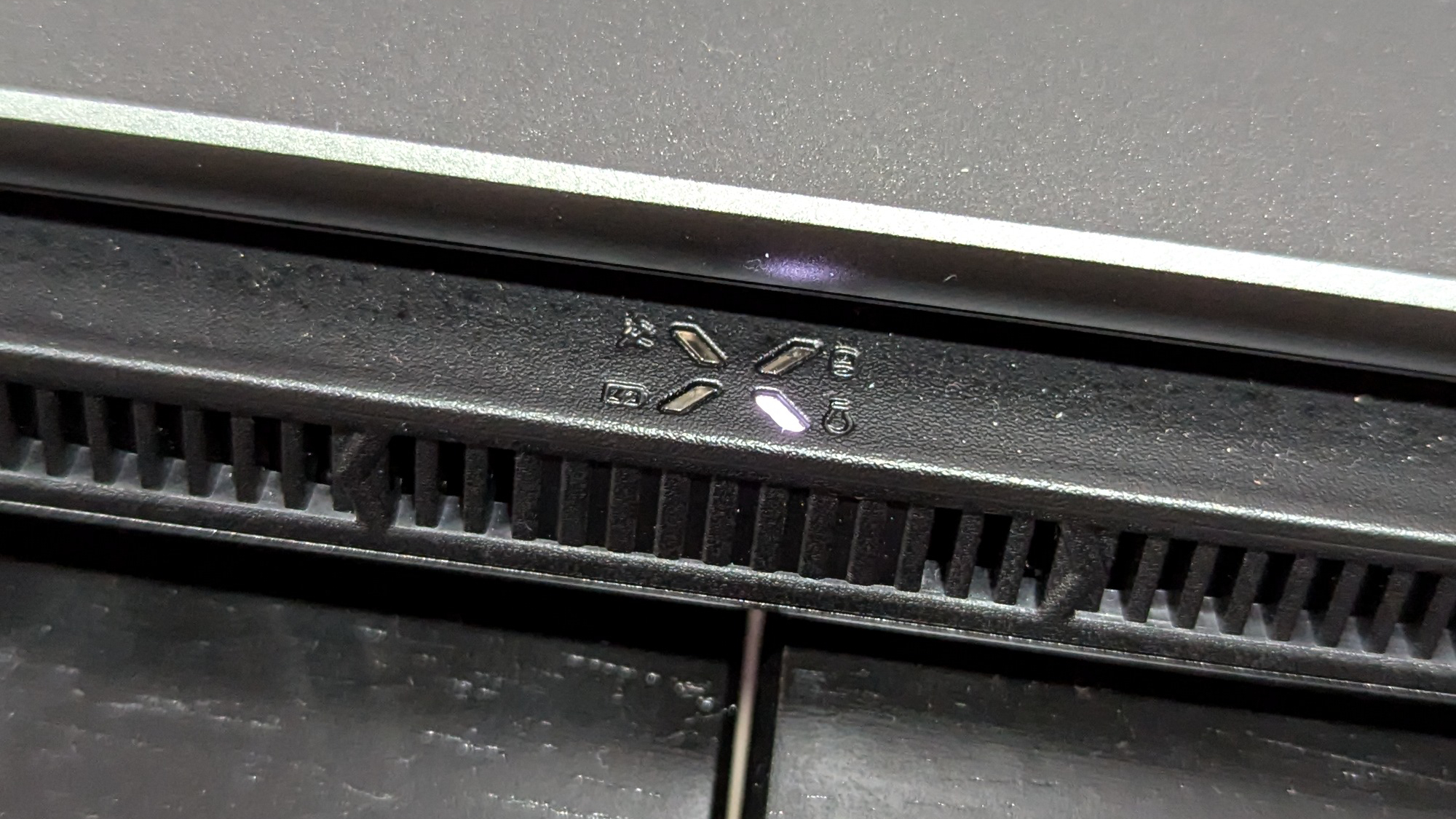
Specifications
Reasons to buy
Reasons to avoid
The Asus TUF Gaming A14 is an excellent, powerful and portable machine with the best battery life we've seen in a gaming laptop in the last few years. It looks sleek, refined, and its RTX 4060 exceeds way past 60 frames per second in most games we tested. It offers all that at a reasonable price, too.
✔️ You're a writer and a PC gamer. This laptop is thin and light, has a good keyboard, and hits at least 60 frames per second in the graphically demanding games we tested. Its IPS display also makes games look fantastic.
✔️ You want the battery to last more than five hours. Gaming laptops are notorious for having short battery life, but this one has double the life of most of them — ten hours compared to an average of five!
✖️ You love to max out the graphics — at the display's native resolution. Nvidia's DLSS and Frame Generation will help a bit, but they can only do so much on a RTX 4060. Especially in a demanding game like Cyberpunk 2077, which averaged just 30 fps in our tests.
✖️ You're not a gamer. Seems obvious, but as great as this laptop is, non-gamers most likely won't take full advantage of everything it offers. Plus, you can spend the same amount of money (or less) on a laptop with a better keyboard and better battery life.
For writers with an ever-increasing Steam library, the Asus TUF Gaming A14 offers respectable gaming and productivity performance, a bright and colorful IPS display, and a battery life that makes other gaming laptops weep. Its compact size also makes it a good laptop for writers; thanks to its thin and light chassis, it's extremely portable.
This gaming laptop is ideal for writers who want more power than integrated graphics can offer, but don't need the graphics cranked to the max. In Far Cry 6 at 1080p and Medium settings, the TUF Gaming A14 averaged 77 frames per second, where the Zephyrus G14 averaged 69 fps and the Acer Predator Helios Neo 16 averaged 82 fps.
The TUF Gaming A14 fared better in Assassin’s Creed Mirage, averaging 87 fps, equivalent to the Predator Helios Neo 16 and 10 frames ahead of the Zephyrus G14. It's a similar story with more graphically intensive games like Red Dead Redemption 2 and Cyberpunk 2077.
While an IPS panel can't match the vibrancy of OLED, the TUF Gaming A14 has one of the more color-accurate and brighter ISP displays out there. It showcases the moody and colorful landscapes from games like Elden Ring: Shadow of the Erdtree well, and its max brightness (411 nits) ensures characters are still visible even in the darkest of movie scenes.
Most gaming laptops average 5 hours of battery life, but the TUF Gaming A14 lasts an astonishing 10. Our reviewer, Claire Tabari, writes that this is the "longest-lasting gaming laptop we've seen in over four years." The last time we saw this much battery life in a gaming laptop was when we reviewed the 2020 Asus ROG Zephyrus G14 (11 hours and 32 minutes).
See our full Asus TUF Gaming A14 review.
Benchmark comparisons
Click to view chart data in table format
| Header Cell - Column 0 | Apple MacBook Air 13 M4 | Acer Chromebook Plus Spin 714 | Lenovo Yoga Slim 7x | HP Spectre x360 14 | Apple MacBook Pro 16 M4 Pro | Asus TUF gaming A14 |
|---|---|---|---|---|---|---|
Geekbench 6 (Higher is better) | 14,849 | 6,335 | 13,750 | 12,358 | 22,822 | 11,330 |
Handbrake time ((MM:SS), lower is better) | 5.4 | Not tested | 5.16 | 7.3 | 2.38 | 4.21 |
Battery life - Web surfing (HH:MM) | 15.30 | 9.30 | 14.14 | 11.01 | 20.46 | 10.04 |
SSD transfer speeds (MBps, higher is better) | Not tested | Not tested | Not tested | 1,362 | 6,640.50 | 1,339 |
DCI-P3 Color Gamut (Higher is better) | 80% | 79% | 155.00% | 85.80% | 81.40% | 82% |
Display Brightness (Nits, higher is better) | 463 | 355 | 464 | 366 | 565 | 411 |
Hottest temperature (95 degree comfort threshold) | 85.2 | 90.5 | 86 | 102 | 90.5 | 116 |
Recently Reviewed
Not every laptop can make the best laptops for writers page. (We wouldn't be doing you that much good if that were the case!) We review new laptops every week and over 100 laptops yearly, so here's a look at our most recently reviewed laptops that didn't make this page either due to their battery life, performance, keyboard, or something else.
Acer Predator Triton Neo 16 | Intel Core Ultra 9 185H | Nvidia GeForce RTX 4060 | 32GB RAM | 1TB SSD
Score: ★★★★
Pros: Slick general performance; smooth RTX 4060 graphics; bright 240Hz display; decent battery life; plenty of ports; quality webcam
Cons: Keyboard gets very hot while gaming; thermal throttles during long gaming sessions; tinny, distorted audio
See our full Acer Predator Triton Neo 16 review.
Asus ProArt PX13 | AMD Ryzen AI 9 HX 370 | Nvidia RTX 4050 | 32GB RAM | 1TB SSD
Score: ★★★★½
Pros: Impressive performance across the board; strong gaming performance; 2-in-1 design with a unique touchpad
Cons: Battery life could be better; bottom-firing speakers (easily muffled)
See our full Asus ProArt PX13 review.
Asus Zenbook S 16 | AMD Ryzen AI 9 HX 370 | AMD Radeon 890M | 32GB RAM | 1TB SSD
Score: ★★★★
Pros: Unique design; decent OLED display; powerful performance; solid graphics; long battery life
Cons: Mediocre keyboard and touchpad; slow SSD
See our full Asus Zenbook S 16 review.
Score: ★★★★
Pros: Powerful Nvidia RTX Ada Generation graphics; strong general performance; bright, vivid display; high audio fidelity with impactful volume; many configuration options; plenty of ports
Cons: Expensive; battery life could be better; gets hot under pressure
See our full HP ZBook Studio 16 G11 review.
Lenovo Yoga Pro 9i 16 Gen 9 | Intel Core Ultra 9 185H | Nvidia RTX 4050 | 32GB RAM | 1TB SSD
Score: ★★★★½
Pros: Beautiful display; bouncy keyboard; strong overall performance; discrete graphics; decent battery life
Cons: Can’t configure RTX 4060 with Intel Core Ultra 7; touchpad too resistant; awful audio
See our full Lenovo Yoga Pro 9i 16 Gen 9 review.
LG Gram Pro 16 2-in-1 | Intel Core Ultra 7 155H | Intel Arc | 32GB RAM | 1TB SSD
Score: ★★★★
Pros: Thin and light 2-in-1 design; vibrant 16-inch OLED screen; almost 11 hours of battery life; solid productivity performance
Cons: Expensive relative to performance; mushy trackpad
See our full LG Gram Pro 16 2-in-1 review.
MSI Creator A16 AI+ | AMD Ryzen AI 9 365 | Nvidia GeForce RTX 4060 | 32GB RAM | 1TB SSD
Score: ★★★½
Pros: Great CPU performance; discrete RTX 4060 GPU; sturdy chassis; satisfying keyboard; clear speakers
Cons: Overpriced for the specs; battery life could be better; poor trackpad; gets uncomfortably hot
See our full MSI Creator A16 AI+ review.
Score: ★★★½
Pros: Outstanding performance; attractive thin-and-light design; gorgeous and bright AMOLED touchscreen display; Copilot+ and Galaxy AI features
Cons: Disappointing battery life; gets too hot with heavy usage; grainy image from webcam
See our full Samsung Galaxy Book 4 Edge review.
Score: ★★★★
Pros: Bright and vivid touchscreen AMOLED display; over 12 hours of battery life; light for a 16-inch laptop; durable aluminum chassis; galaxy AI and Copilot+ AI features
Cons: Multitasking performance can’t match top competitors; limited key travel can impact typing; disappointing webcam, lacks facial recognition
See our full Samsung Galaxy Book 5 Pro review.
How to choose the best laptop for writers
Every laptop can tackle the task of writing, but there are plenty of things to consider when finding the best laptop for writers. The built-in keyboard is naturally an important factor, but keyboards can be subjective and some people will buy one of the best keyboards to use with the laptop anyway, so it isn't the only factor.
RAM: 16GB minimum
If you're a regular multitasker — and especially if you have a habit of keeping dozens of browser tabs open — having at least 16GB of RAM will help your laptop run smoothly as you click back and forth between applications. This all describes my laptop habits as a writer, so if it sounds familiar to you too, make sure you're getting at least 16GB of RAM. The good news is that most laptops now start at 16GB of RAM with Chromebooks as the exception.
Budget: What you get for your money
You can spend over $2,000 or under $500 on a laptop to write, again, any laptop is capable of it. The sub-$500 options aren't going to be great at much beyond web browsing and writing. As you get closer to $1,000, the capabilities and features grow immensely, some of the best laptops under $1,000 are the best laptops overall. You shouldn't be spending over $1,500 on a laptop to write unless you have other needs as well, for instance, one of the best laptops for video editing, or best gaming laptops can easily cost over $1,500 and also be an excellent laptop for writing.
Screen Size: 13 to 15 inches for portability
Are you regularly writing on the go? If you know you'll constantly carry this laptop around, go for one with a 13 or 14-inch display. If not, a larger, 15-inch model may give you more value. If it's going to be desk-bound and you don't want to pick up one of the best monitors too, then a 16, 17, or 18-inch screen could be the pick for you.
Design: 2-in-1 or clamshell?
If you want to write on your laptop with a stylus, then you're delving into the best 2-in-1 territory. This form factor can also be ideal for writers as the laptop can fold flat or it may be detachable, either option can make for a more pleasant reading experience when you need to go over what you wrote.
Battery Life: 11+ hours for portability
If you're the kind of person who needs to be untethered from an outlet while you write, we recommend getting a laptop with at least 11 hours of battery life or more. You'll find that many of the laptops with the best battery life that Laptop Mag has recently tested far exceed that, too — 15 hours or more!
Storage: 256GB minimum
Assuming you prefer to store all your manuscripts on a local drive instead of in the cloud, 256GB of storage should be more than enough space for your personal files and programs. Again, this changes if your laptop is being used for other tasks like photo and video storage or gaming, in which case you likely need at least 512GB or 1TB.
Keyboard: What makes a good laptop keyboard for writers
For writers, a laptop’s keyboard should most importantly be comfortable to type on for long periods. Of course, what’s “comfortable” can be subjective, but generally, we love keyboards that feature decent key travel, large and well-spaced keys, and a quiet typing experience. To enhance your writing experience, consider adding one of these best keyboards to your setup.
FAQs
Q: What is a good distraction-free laptop for writers?
A: If you want a no distraction writing experience on a digital device, a laptop may not be the best choice, but there are a couple of options to consider. If you are willing to go another route for a device that is exclusively for writing, a digital typewriter like the FreeWrite Alpha may be the best option for you.
However, if it needs to be a laptop, you should turn to a software solution for your distraction-free writing experience. On macOS the writing app Ulysses is an excellent barebones option to shut out the rest of the noise on your computer, and on Windows or Linux, FocusWriter is a perfect choice.
Q: What is the best dictation software for writers?
Having a laptop is one thing, but sometimes, you've got to give your hands a bit of a rest. This is why dictation software can come in handy, and fortunately, there are a few options to choose from.
Some of the most popular options include Dragon, Google Docs voice typing, Letterly, ChatGPT, and Apple Dictation.
How We Test the best laptops for Writers
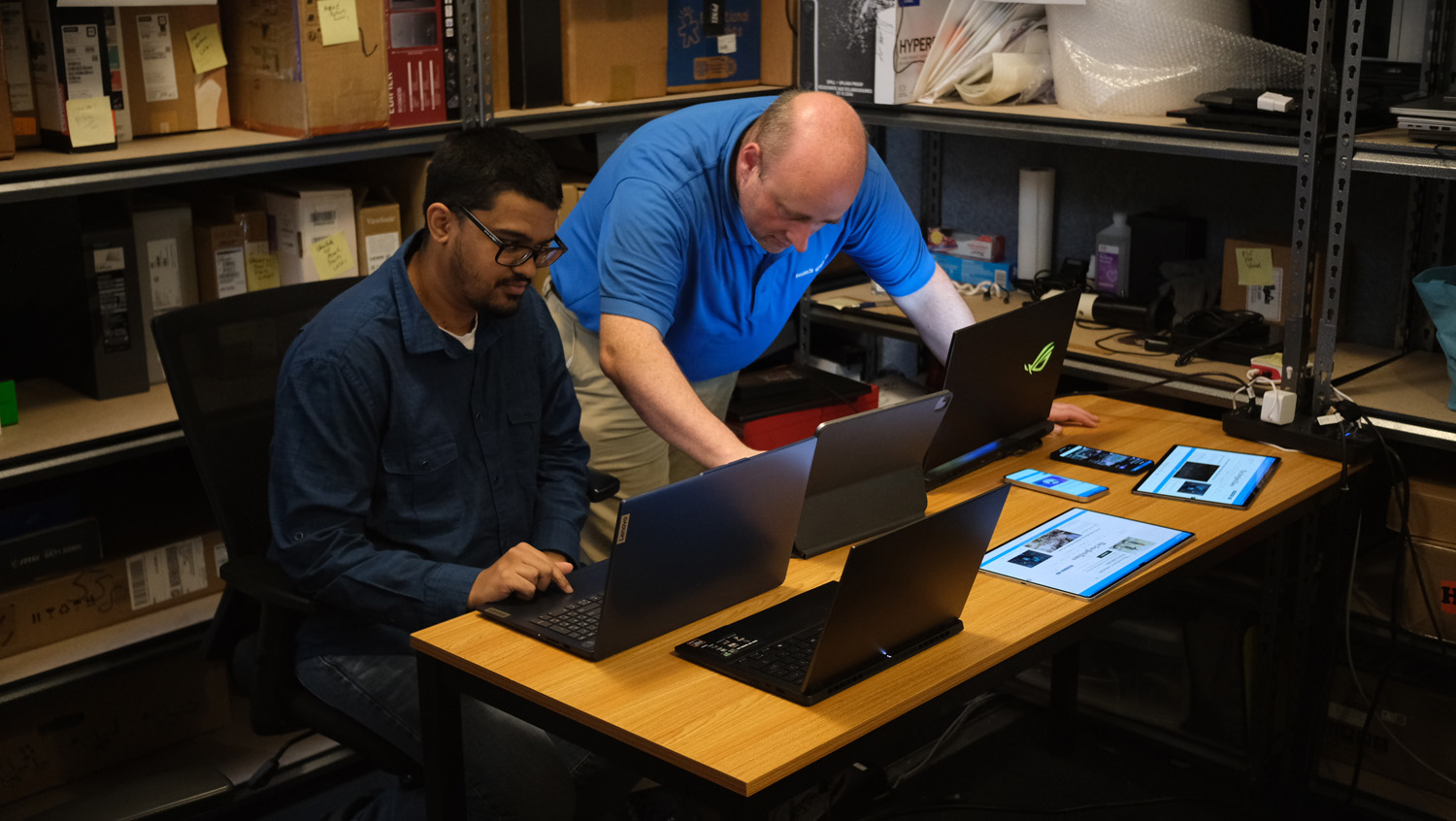
Laptops for writers get the same intensive testing as any other laptop that comes across our desks. We put each laptop through extensive benchmark testing—both synthetic and real-world—before we send it to our reviewers. We evaluate each aspect of the laptop, including its performance, battery life, display, speakers, and heat management.
In our benchmark testing, we use a Klein K10 colorimeter to detect the laptop's display's brightness and DCI-P3 color gamut. For performance testing, we run the laptop through a gauntlet of benchmarks, including Geekbench 6 and 3DMark professional graphics tests.
To determine real-world performance, we convert a 4K video to 1080p resolution and duplicate a 25GB file. Our real-world graphics test is Cid Meier's Civilization V: Gathering Storm benchmark at 1080p resolution and Medium graphics. We also run heat tests by playing a 15-minute full-screen video and measuring temperatures in different areas of the laptop.
For our battery test, we continuously web surfing over WiFi at 150 nits of brightness. For MacBooks and premium Windows 11 laptops, a runtime of over 9 hours is considered a good result, whereas gaming laptops and workstations that can stay powered longer than 5 hours deserve praise.
We don't just run benchmarks; we live with the laptops we review. After lab testing, our experts spend days integrating the device into their daily routines. This immersive approach allows us to thoroughly evaluate both the hardware and software, providing you with a detailed and authentic review.
See this page on How We Test Laptops for more details on our benchmarking procedures.
Why Trust Laptop Mag
Laptop Mag reviews over one hundred different laptops yearly, from paperweight ultralights to everyday workhorses to lumbering gaming notebooks that scorch the frame rates of even the hottest AAA games. We're not just experts in the laptop field; we go one step further by meticulously testing smartphones, tablets, headphones, PC accessories, software, and even the latest gaming.
We are 100 percent independent and have decades of experience to help you buy with confidence. In fact, Laptop Mag has been testing and reviewing products for three decades and continues to deliver trustworthy reviews you can rely on.
Our experienced team of writers and editors scour the available information about the laptop and put it through its paces to determine which is best for you. But before they start, the testing team subjects each system to a rigorous regimen of synthetic and real-world tests to see how a system handles the type of work and games you’re most likely to throw at it.
One of the world's largest technology publishers, Future Publishing, enforces our editorial trustworthiness. As a company, we have unrivaled experience across every tech sector — and we're the group's specialist for all things mobile tech.
Get The Snapshot, our free newsletter on the future of computing
Sign up to receive The Snapshot, a free special dispatch from Laptop Mag, in your inbox.

Joanna Nelius is a contributing writer to Laptop Mag. She has reported on and reviewed laptops for The Verge, Gizmodo, PC Gamer, and USA Today.
- Sarah ChaneyContributing Writer
